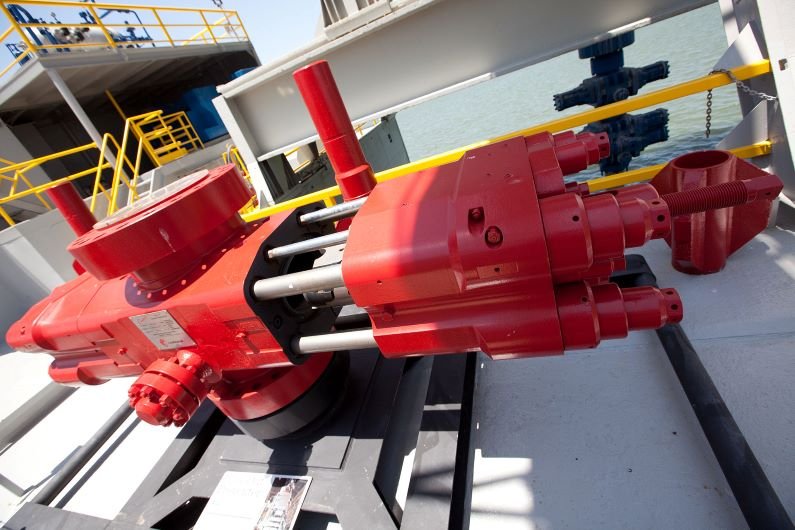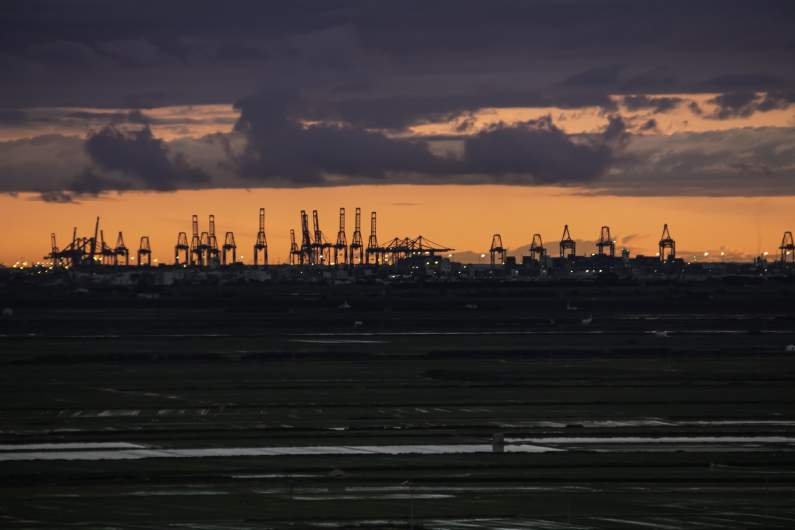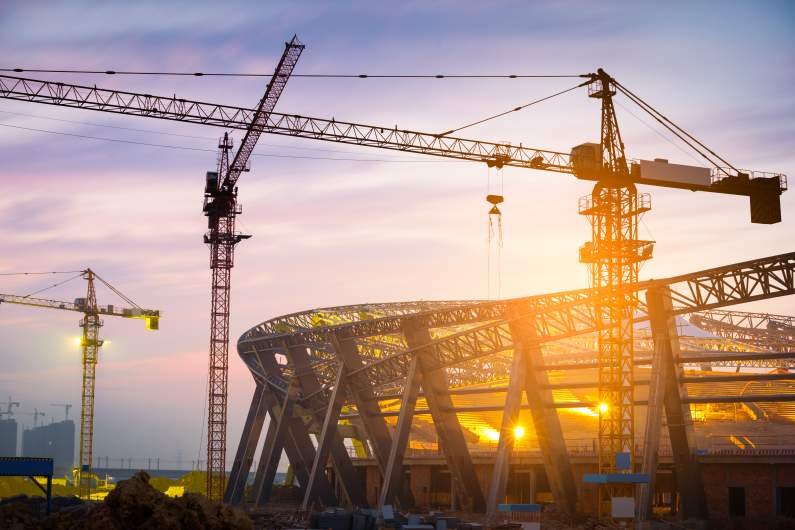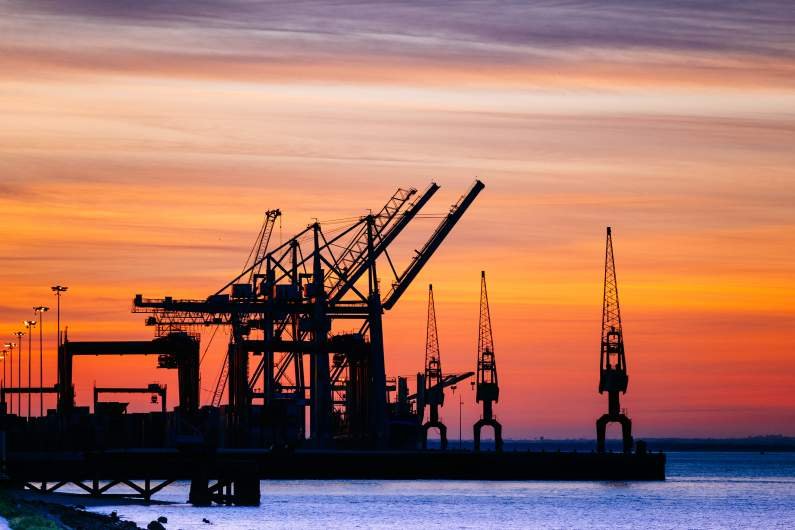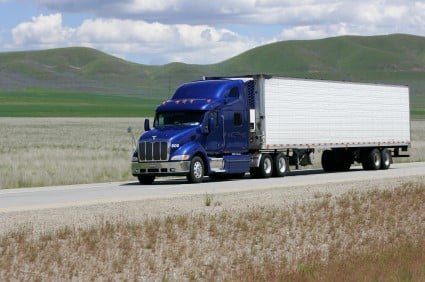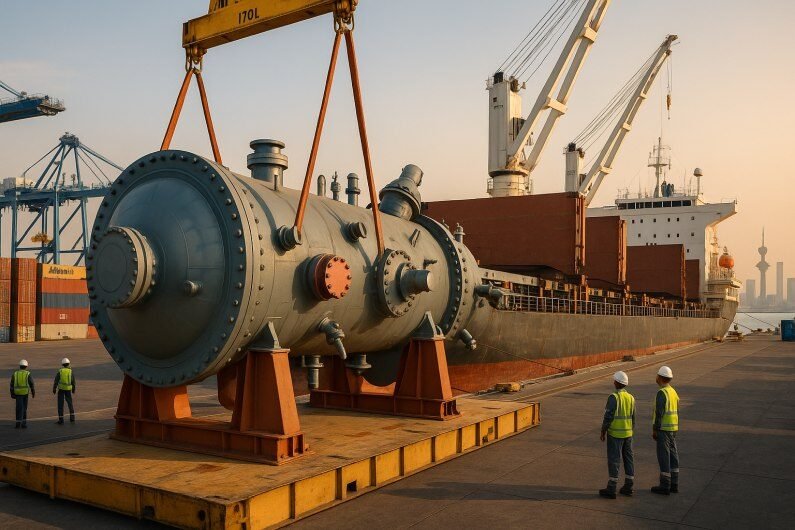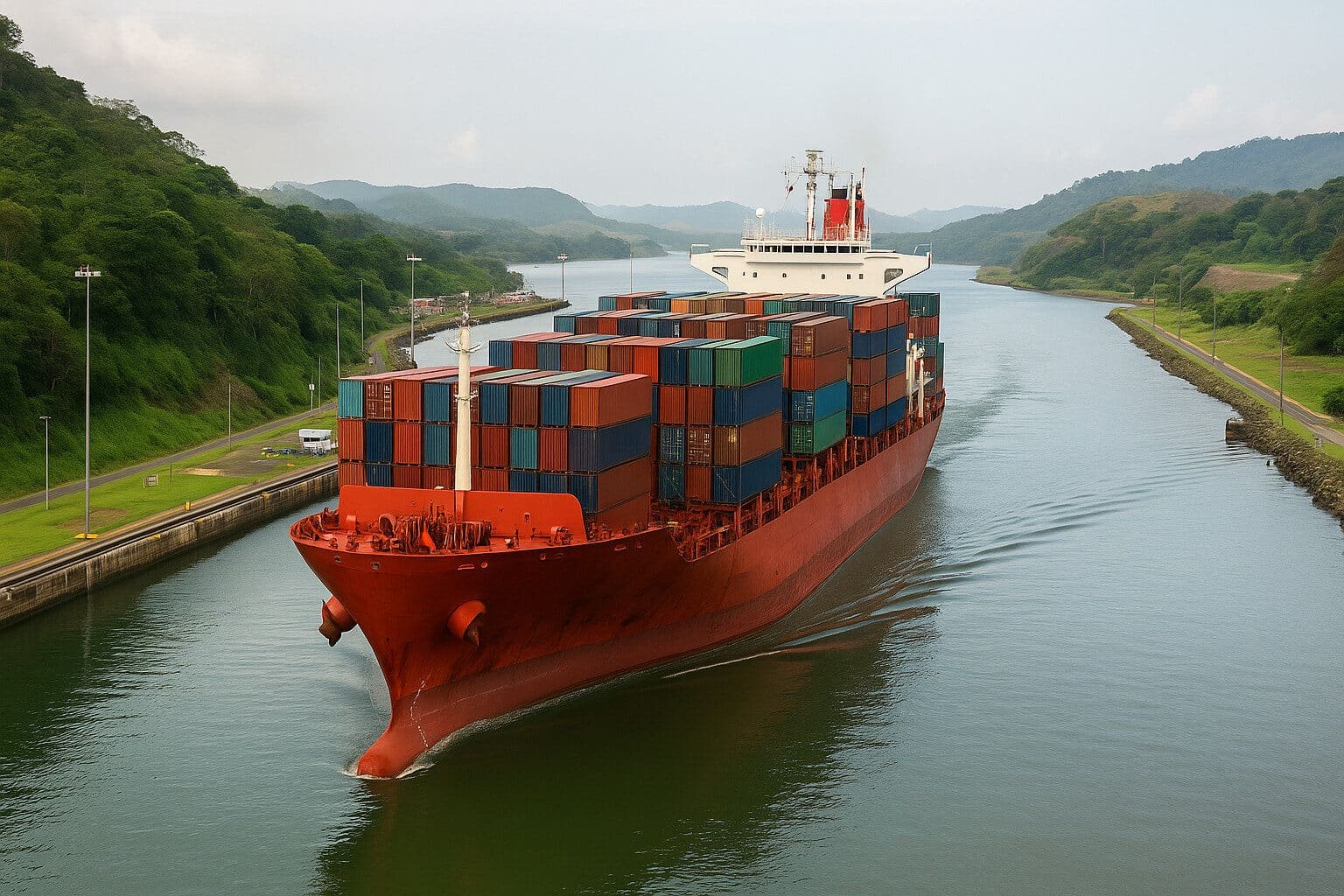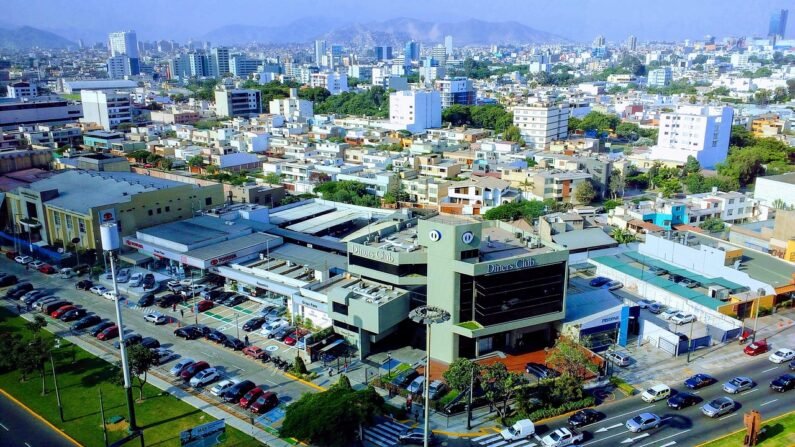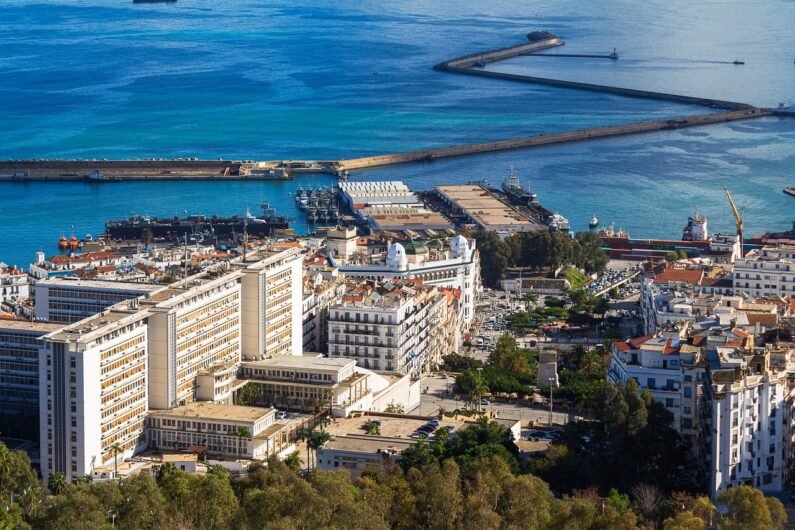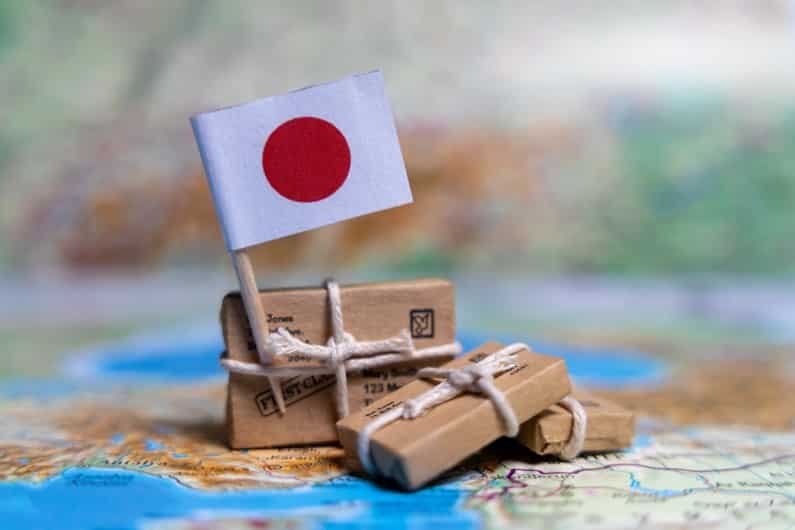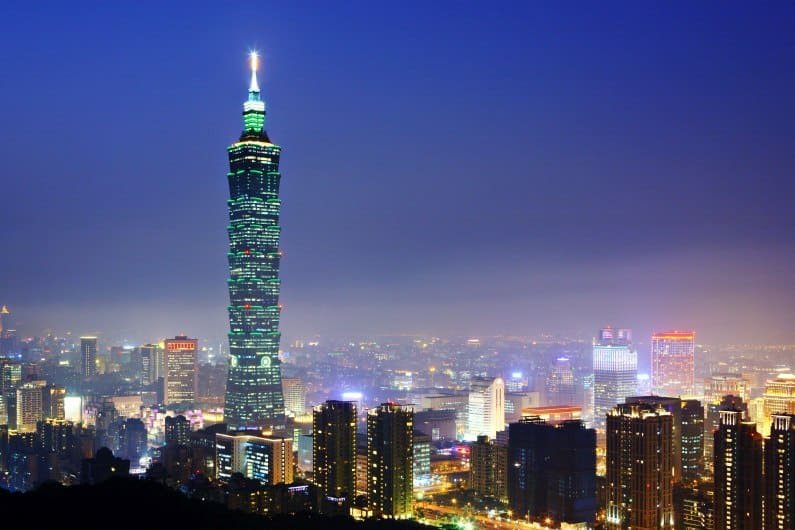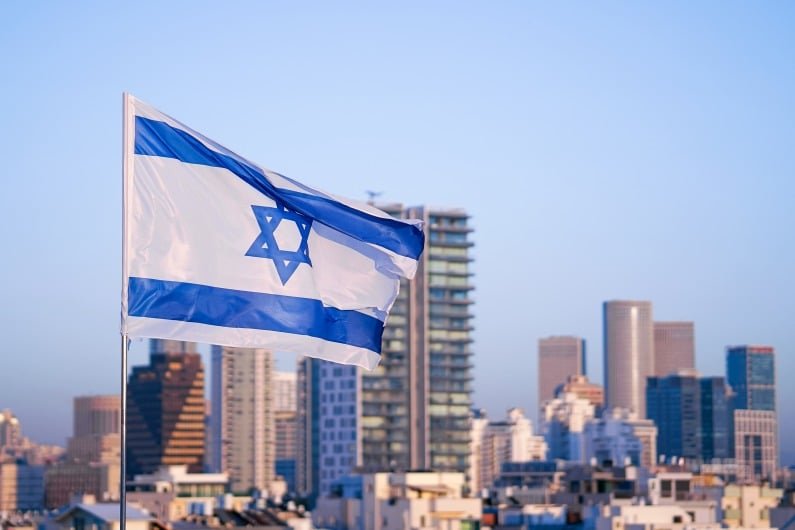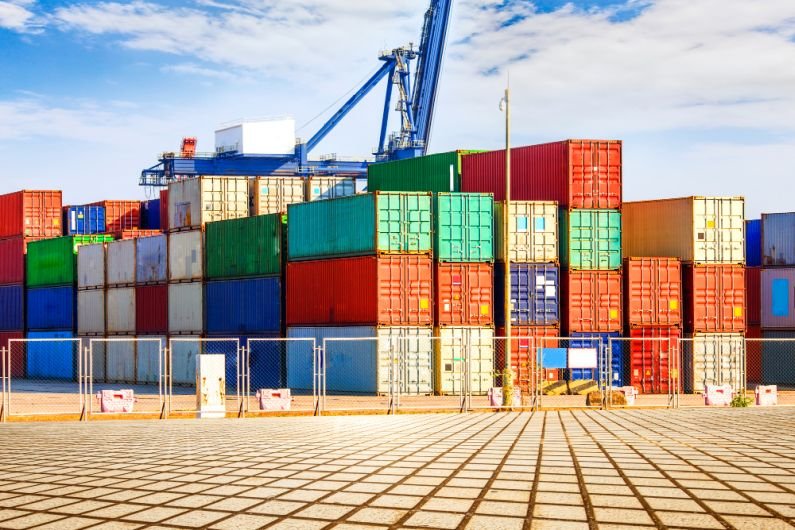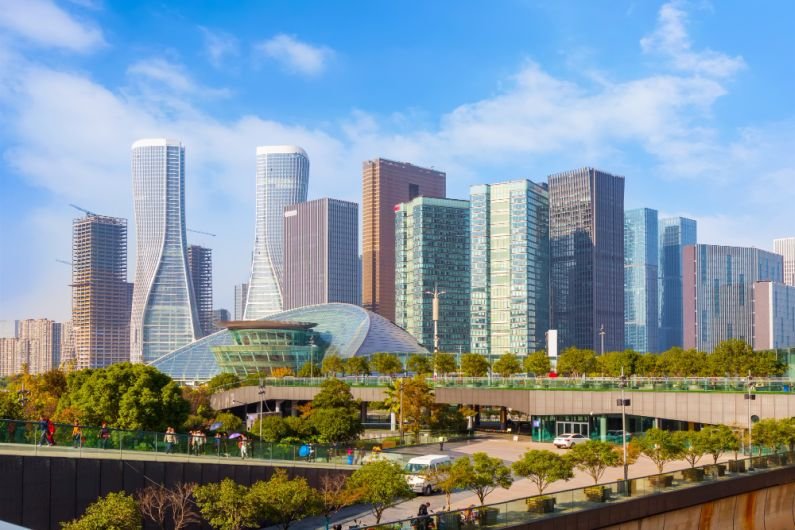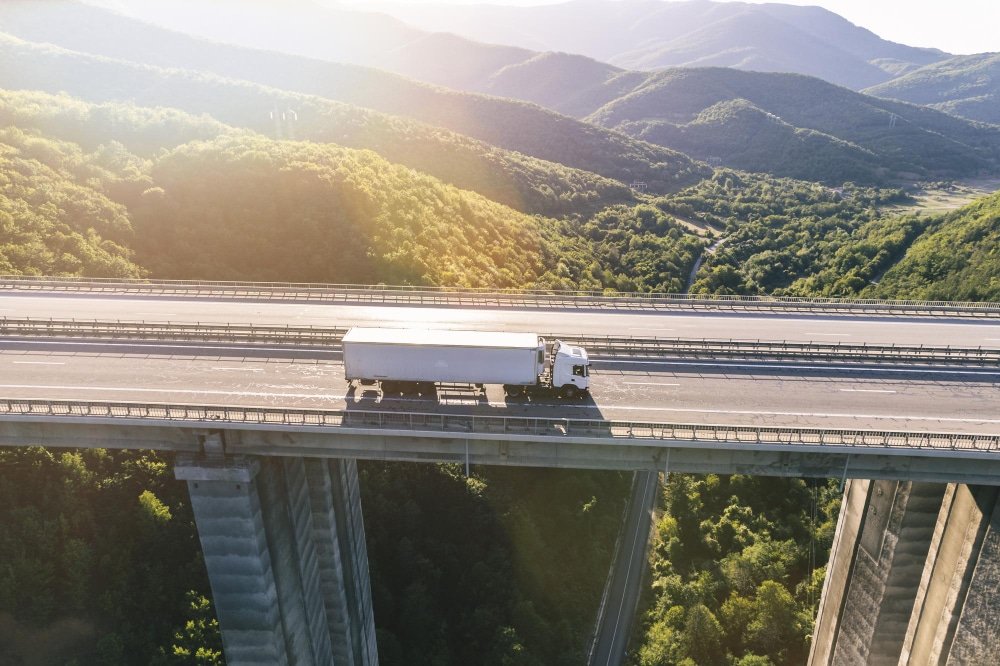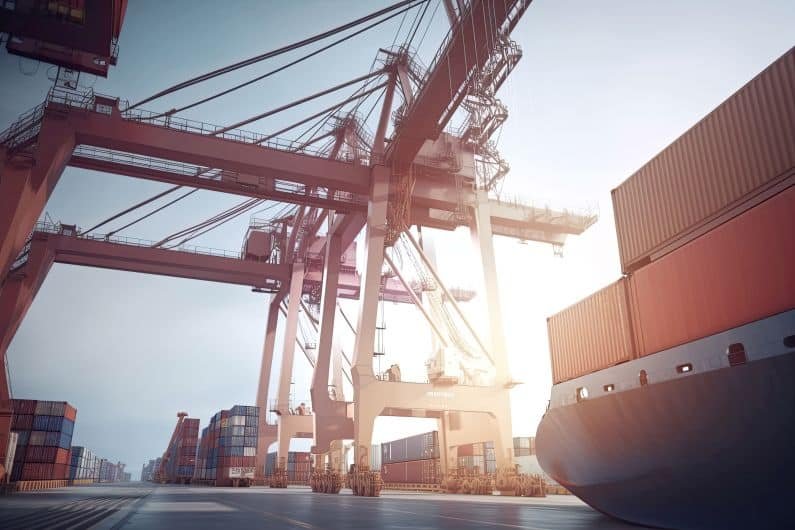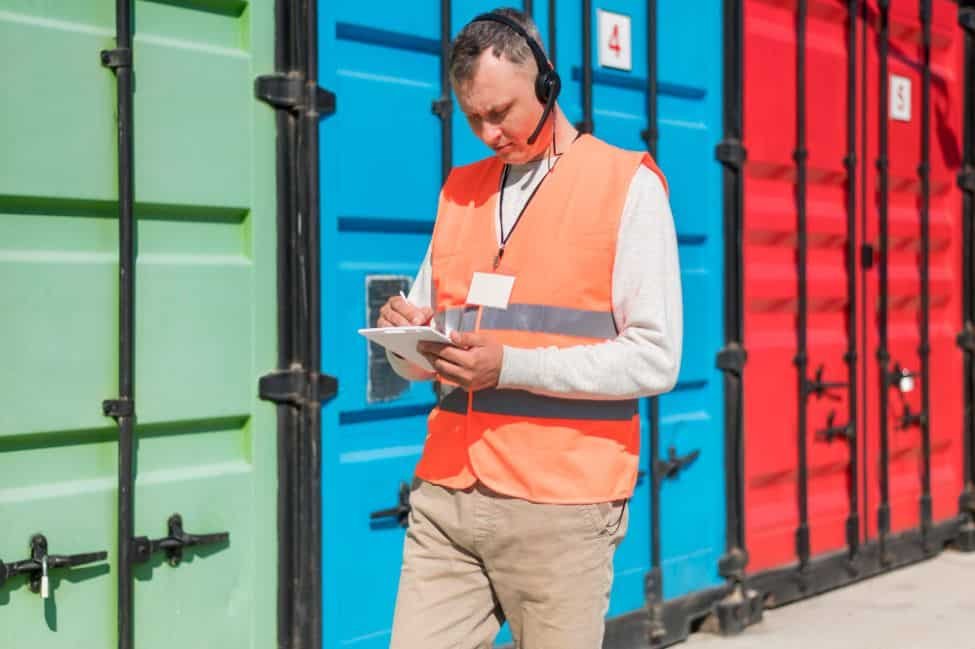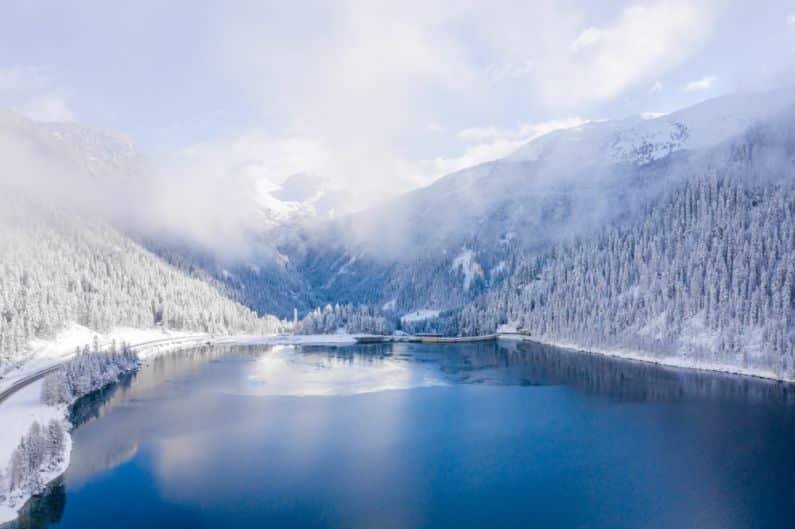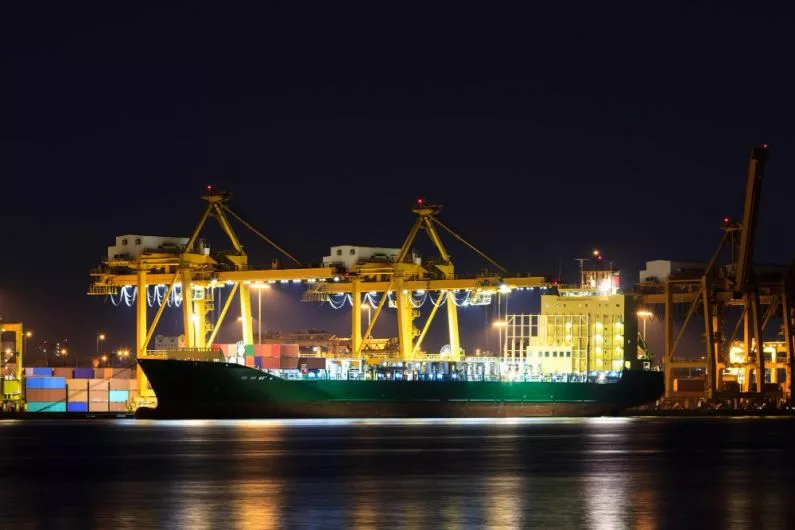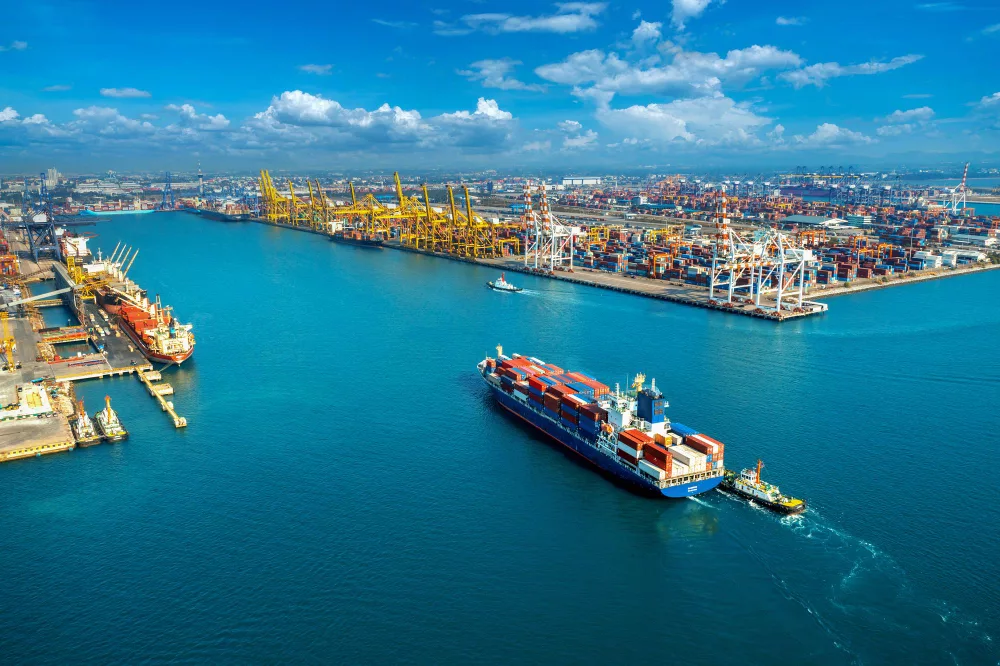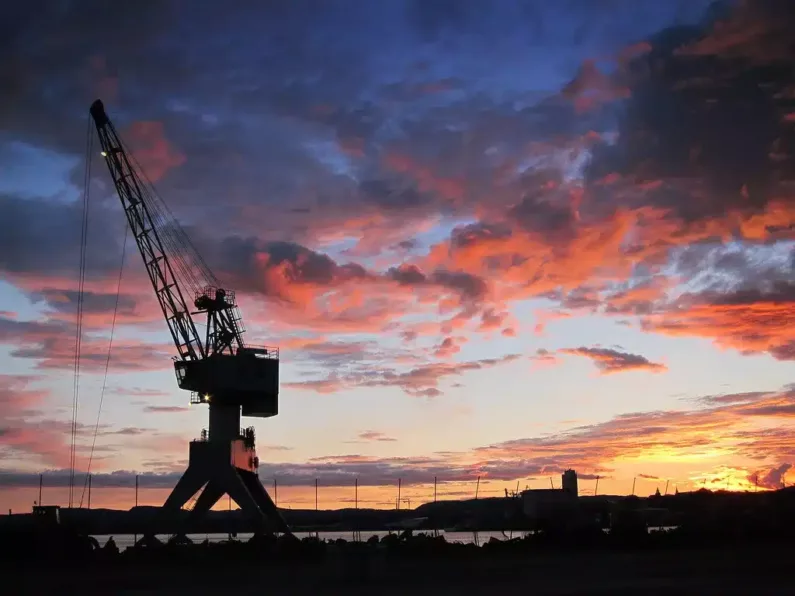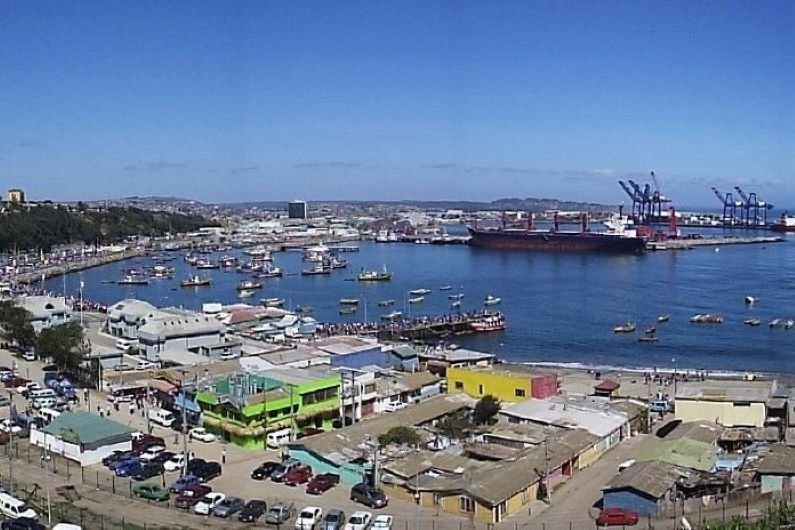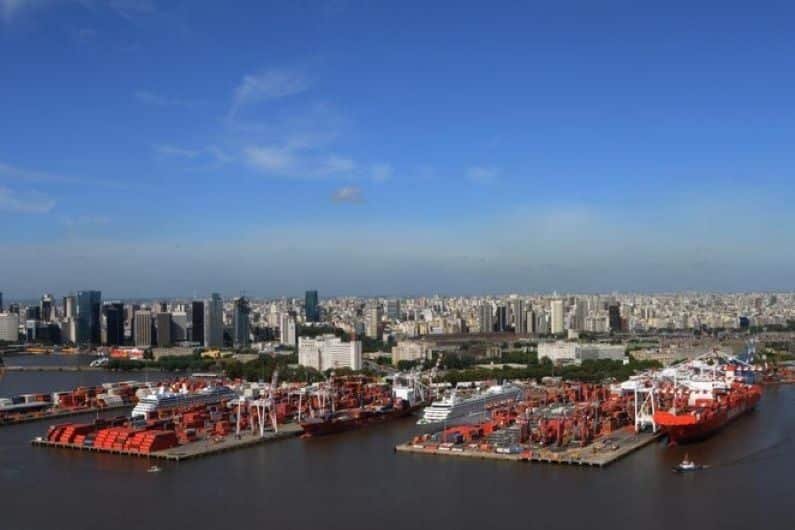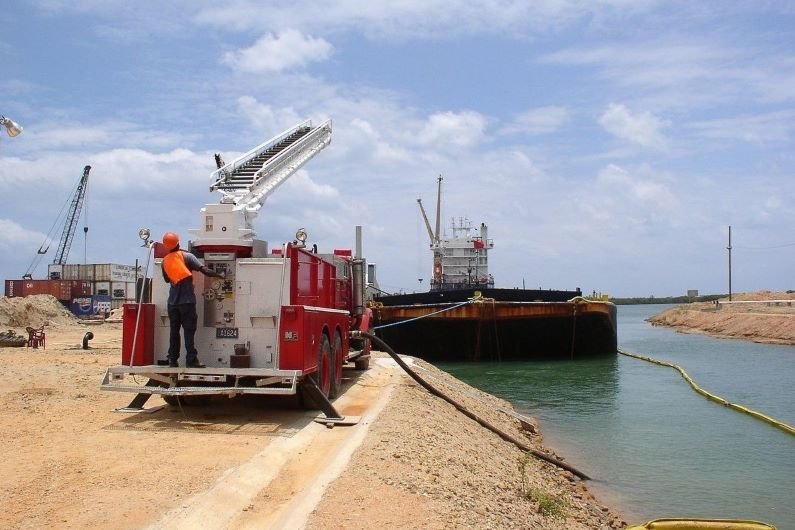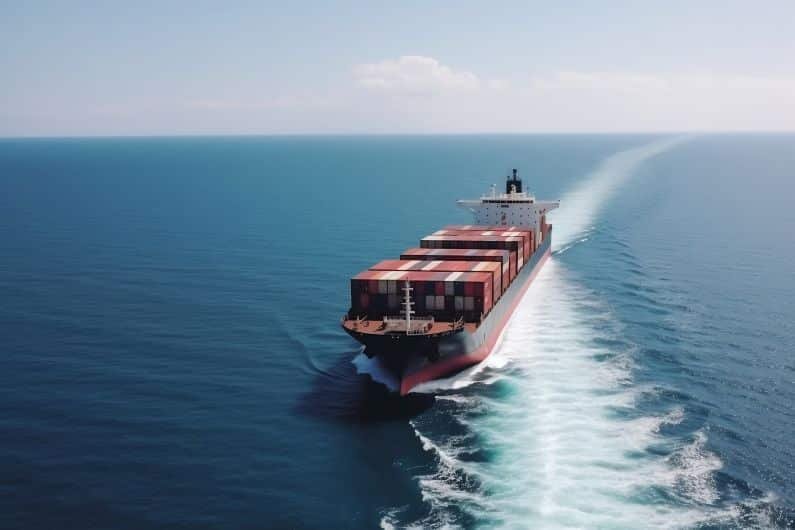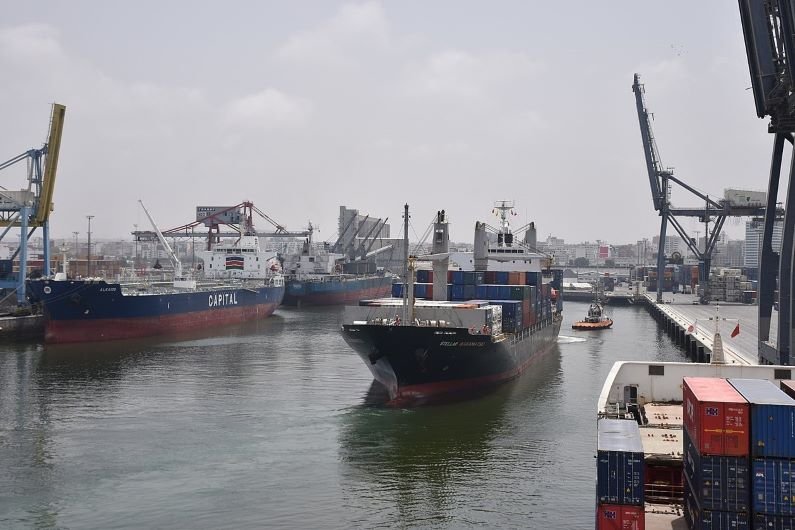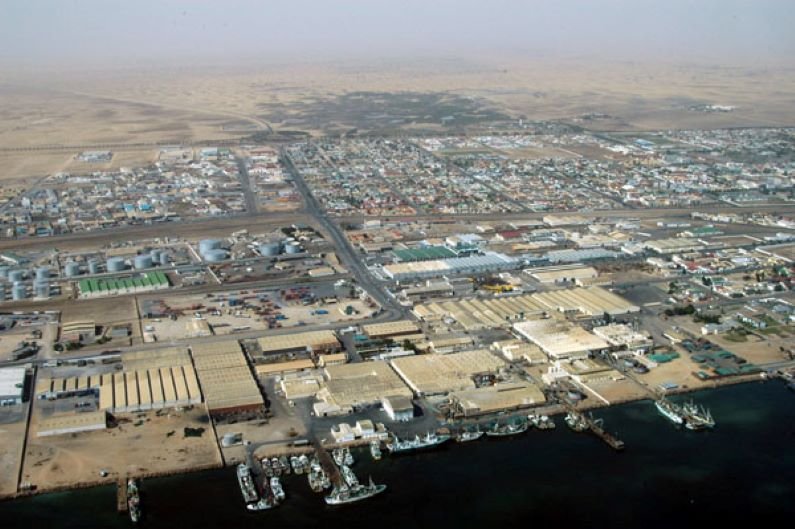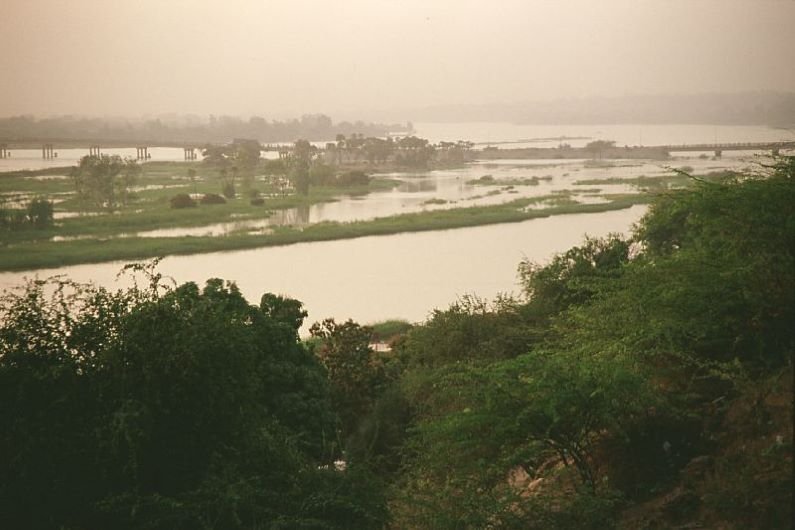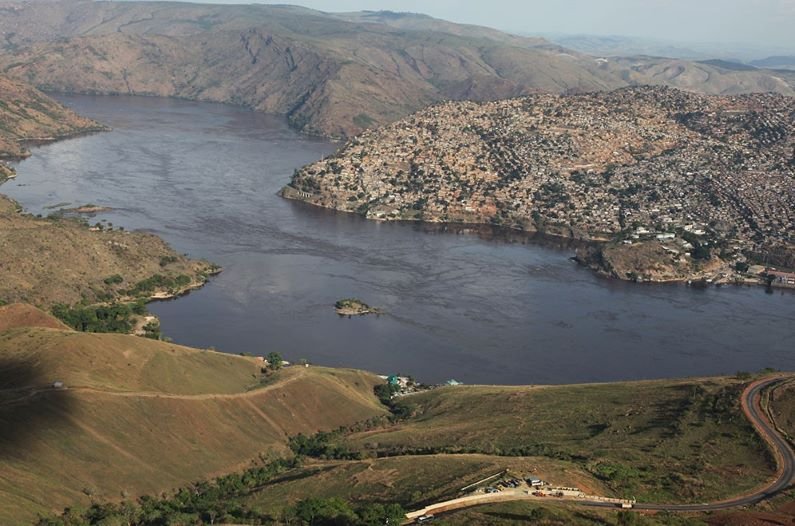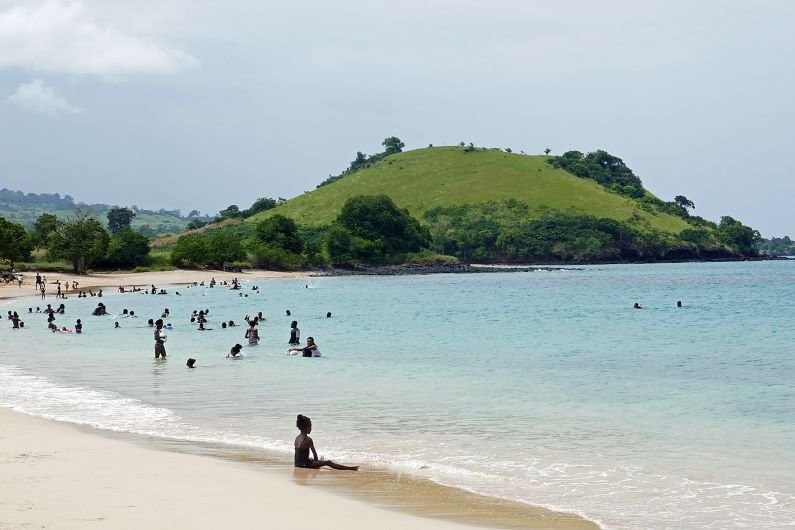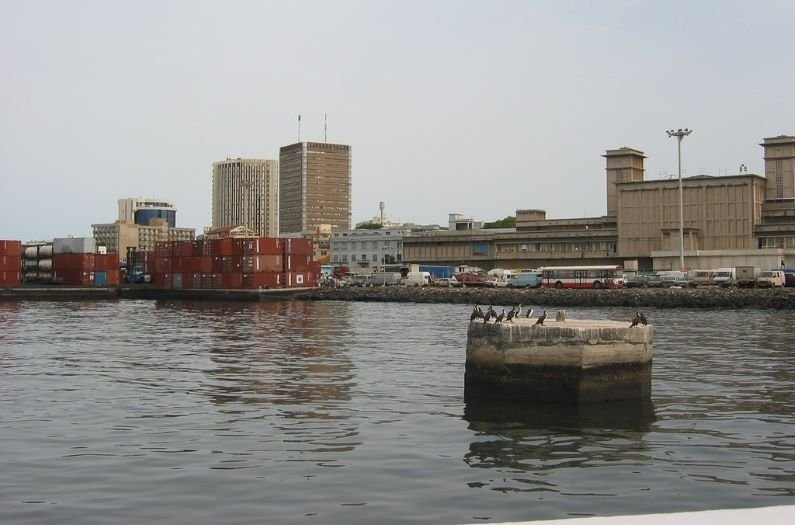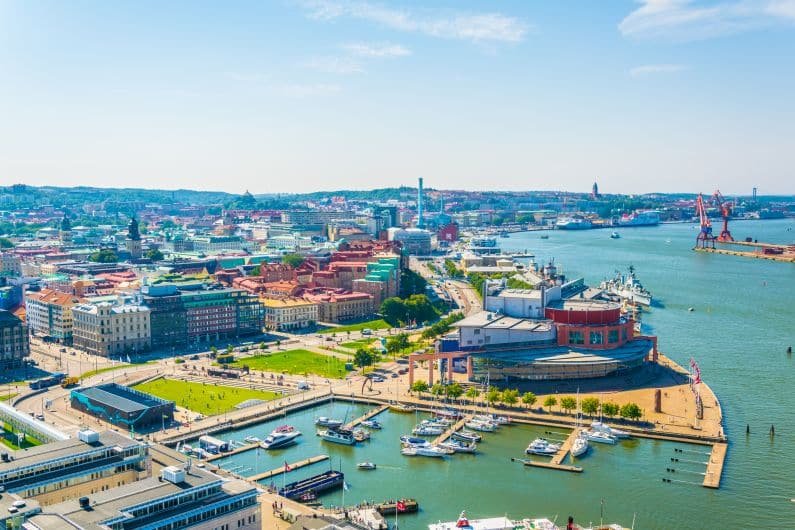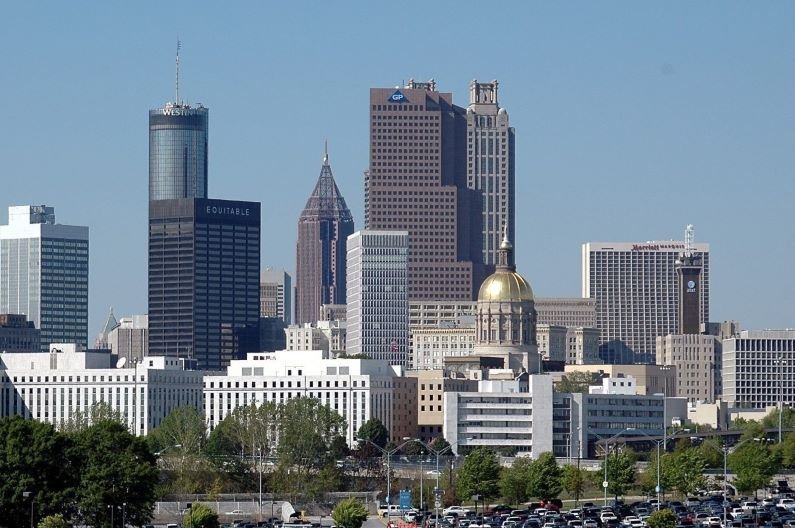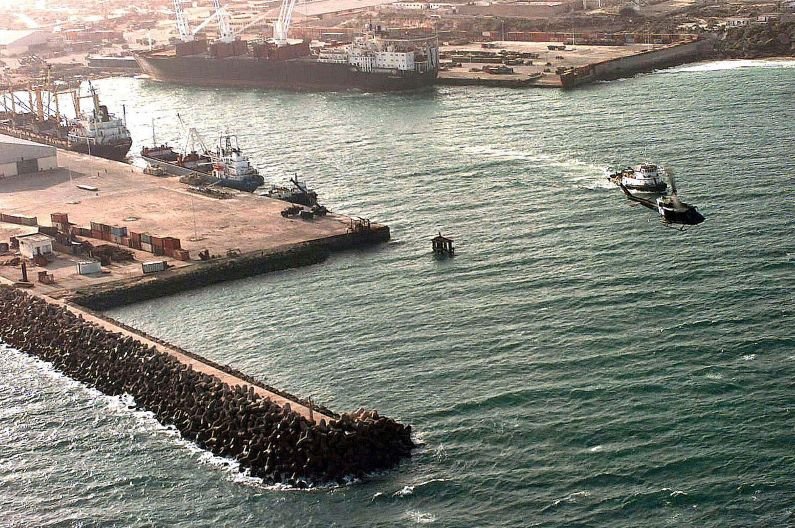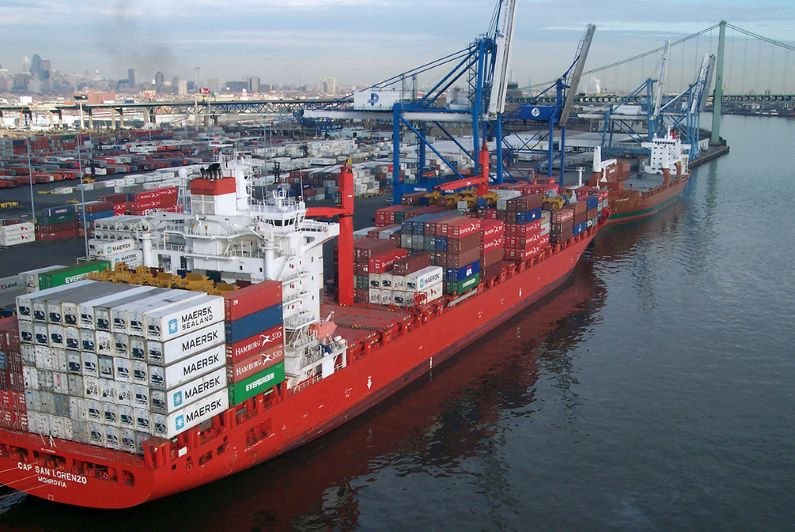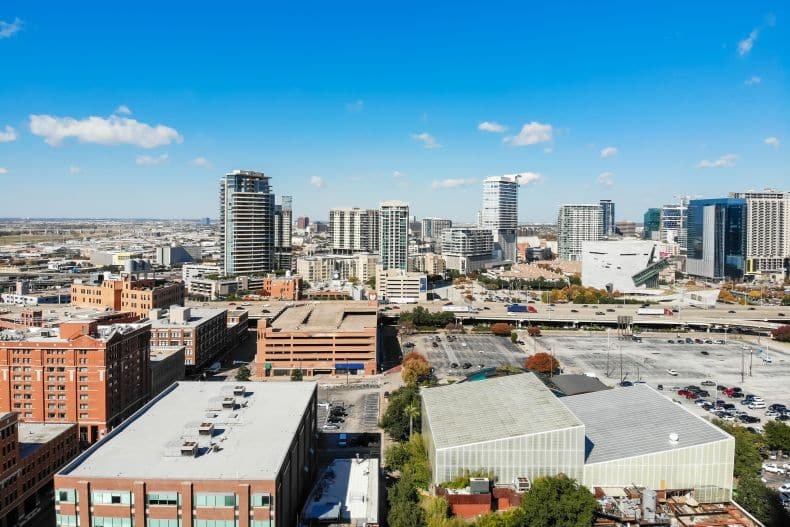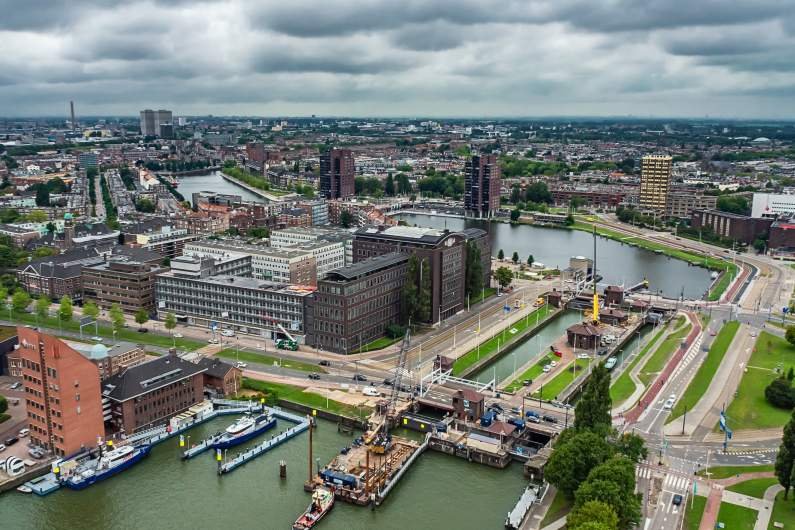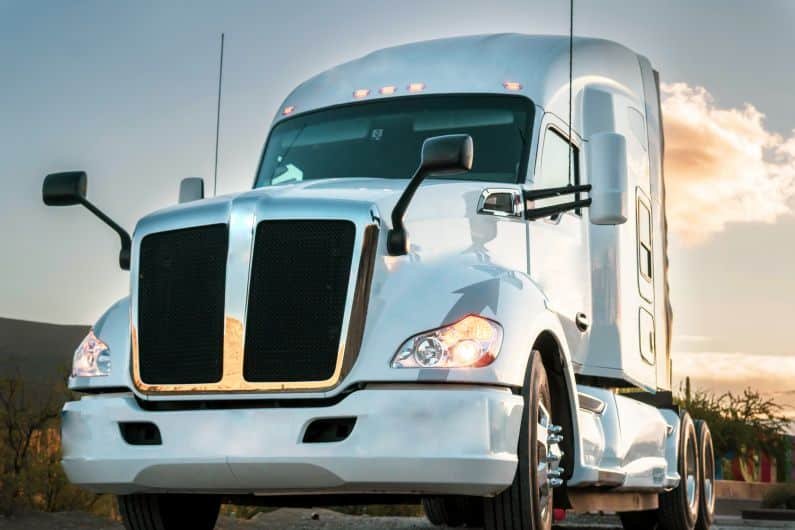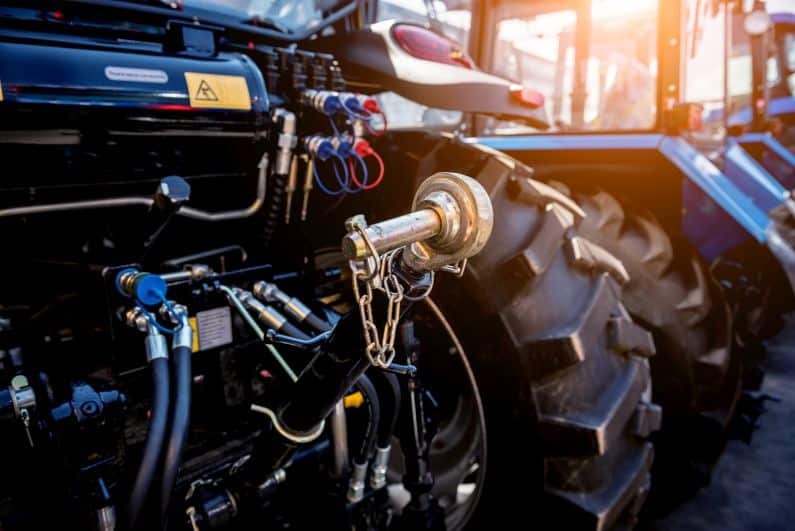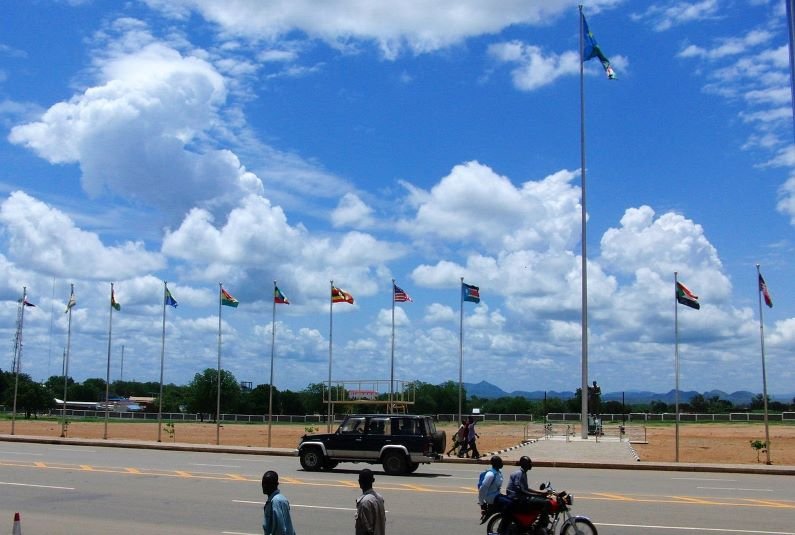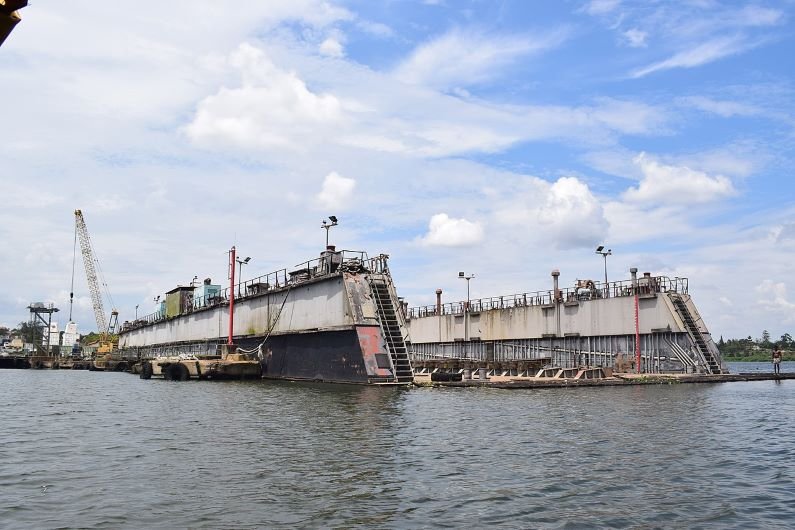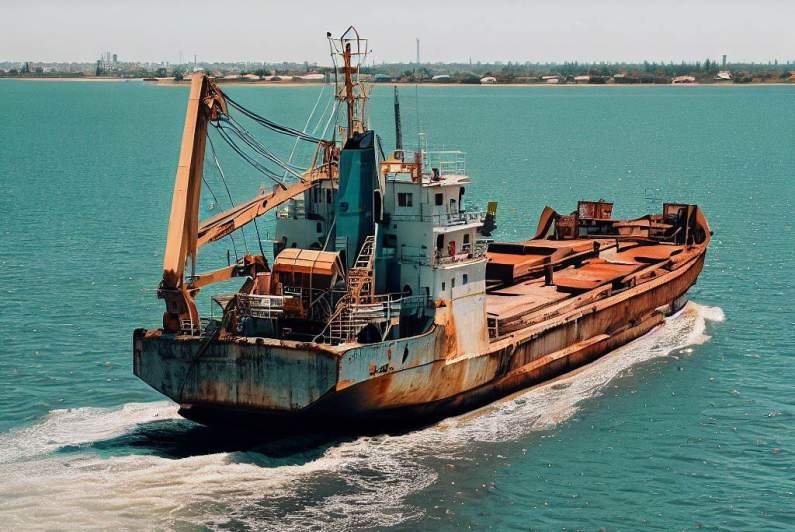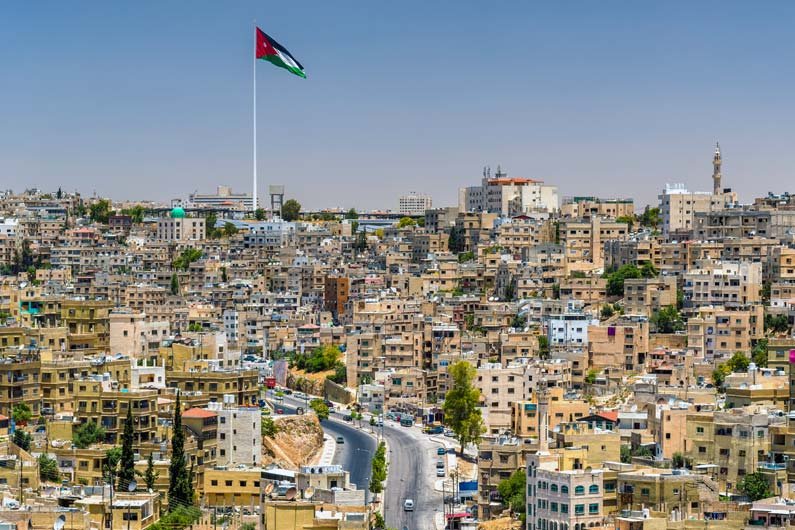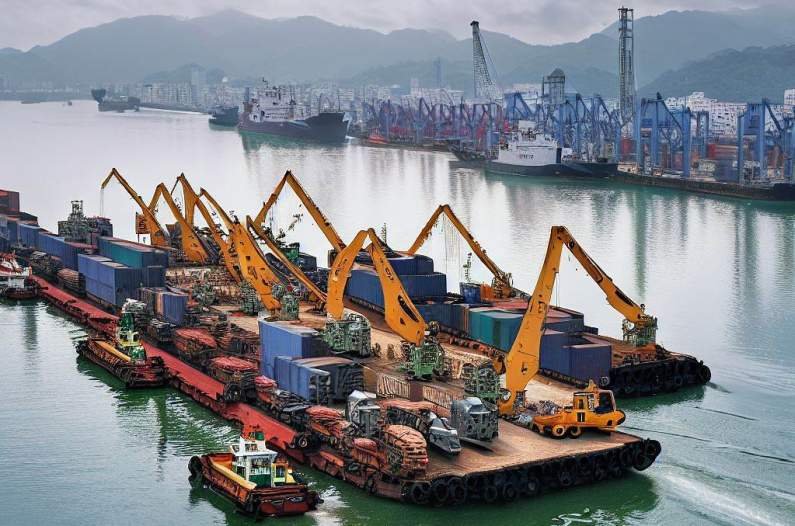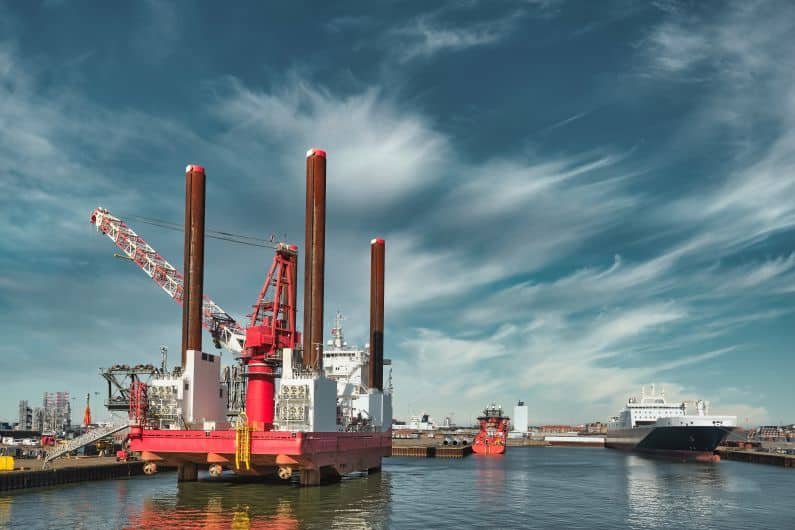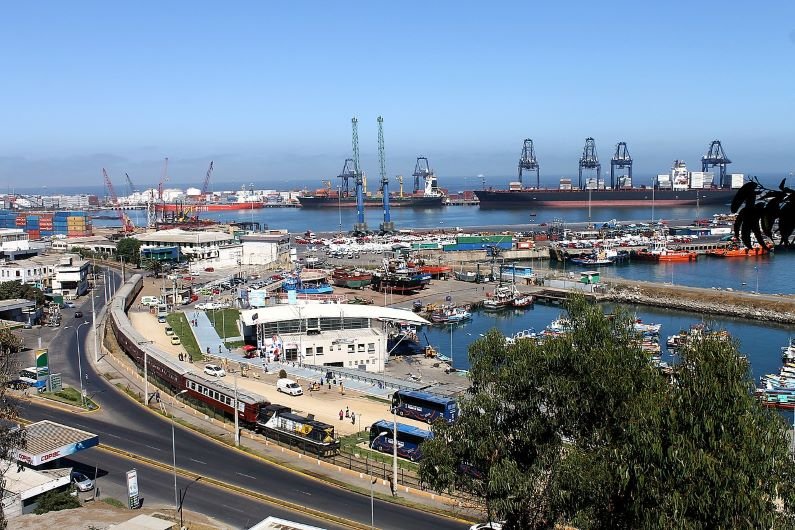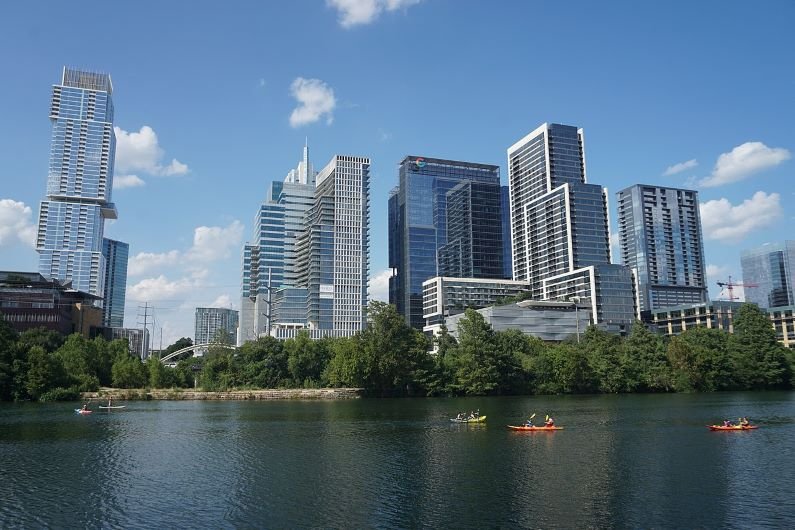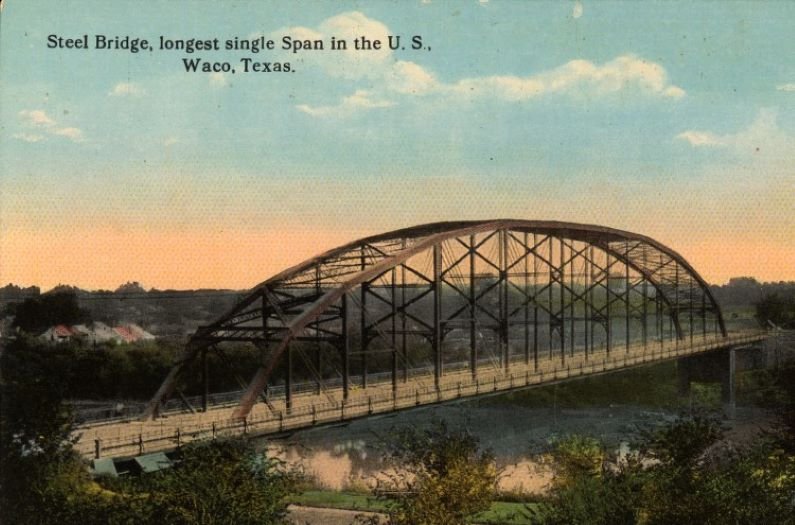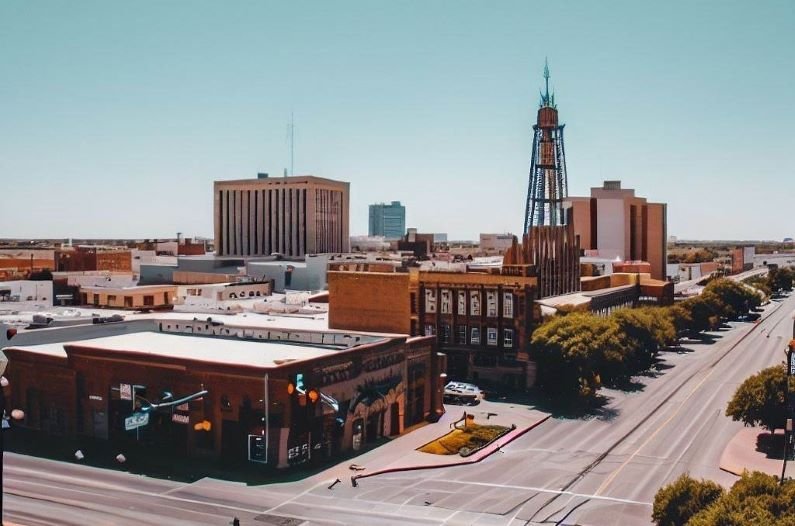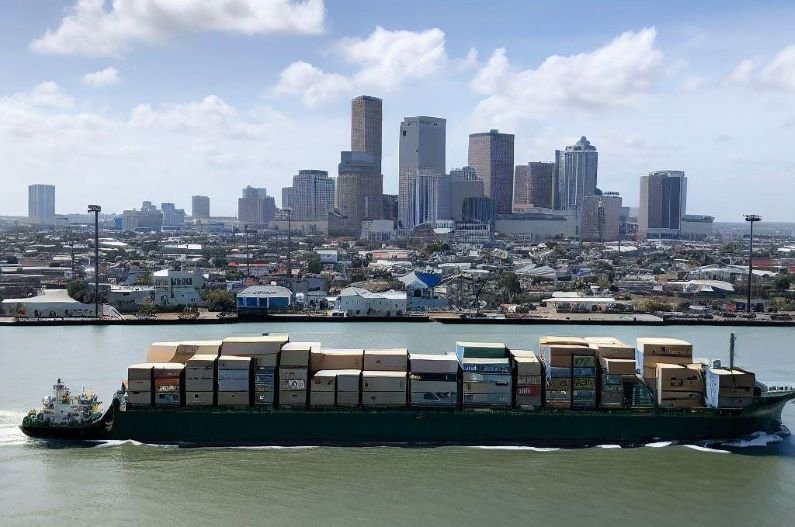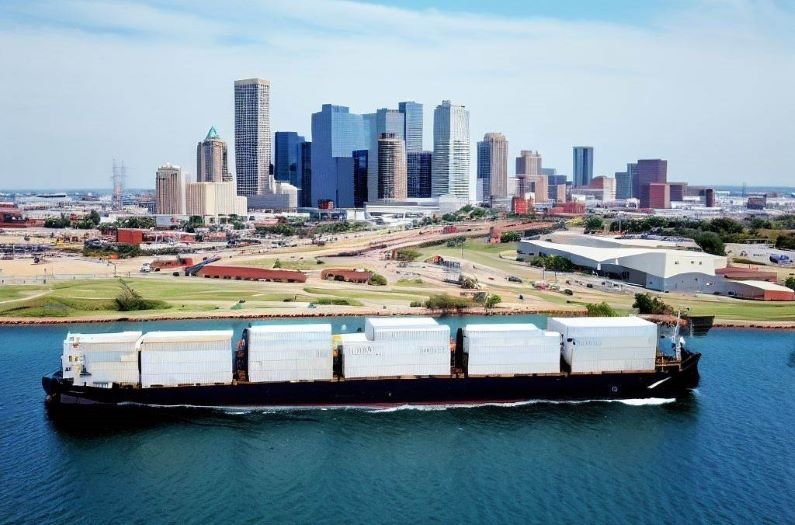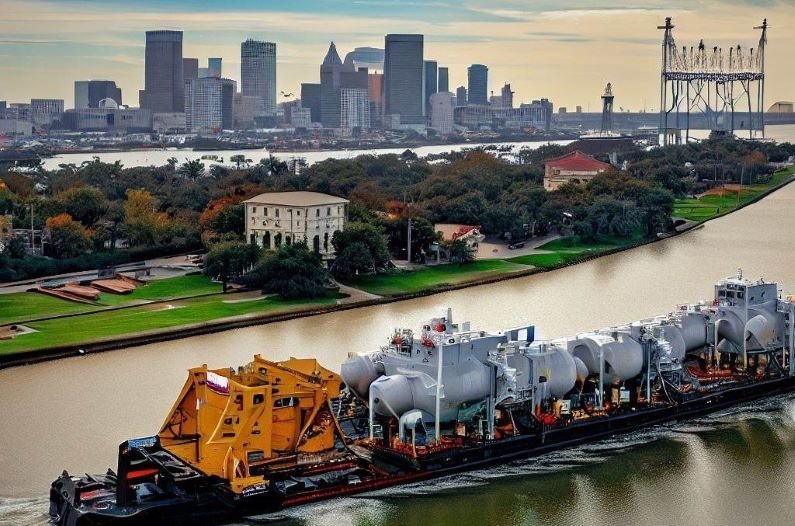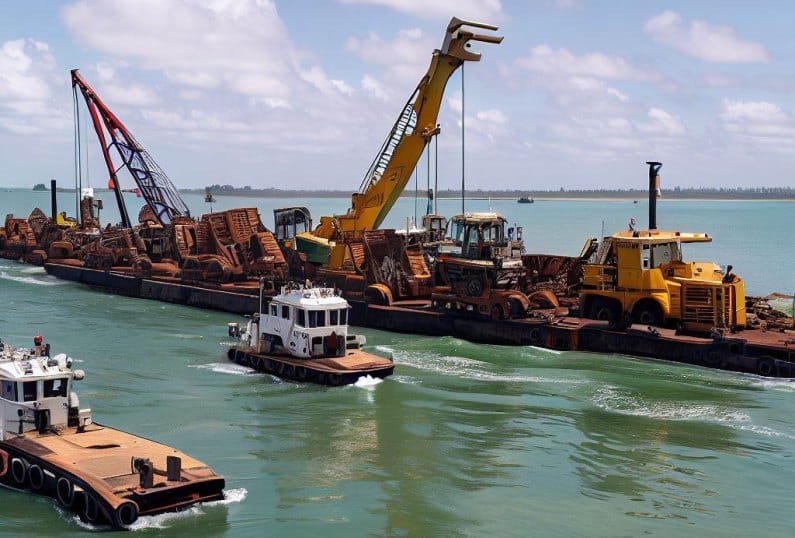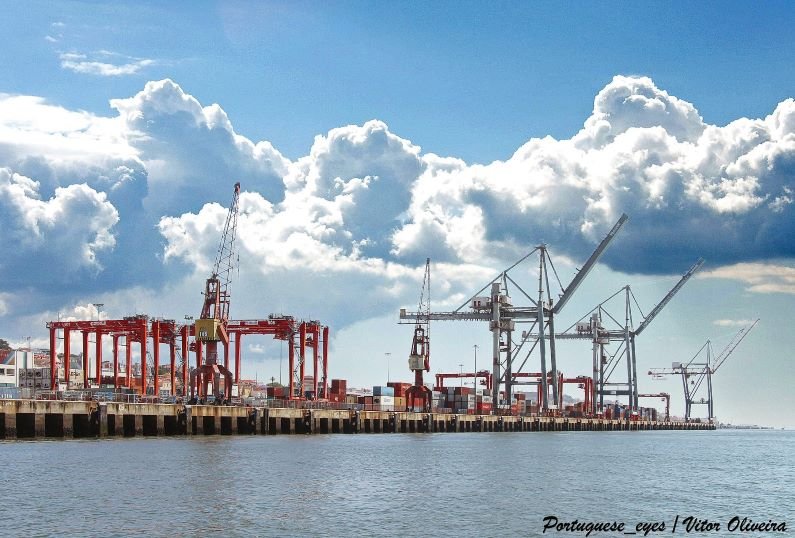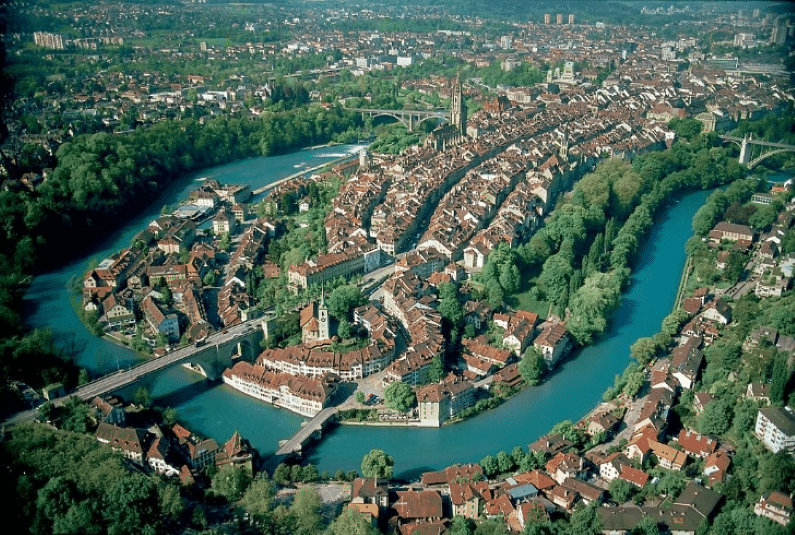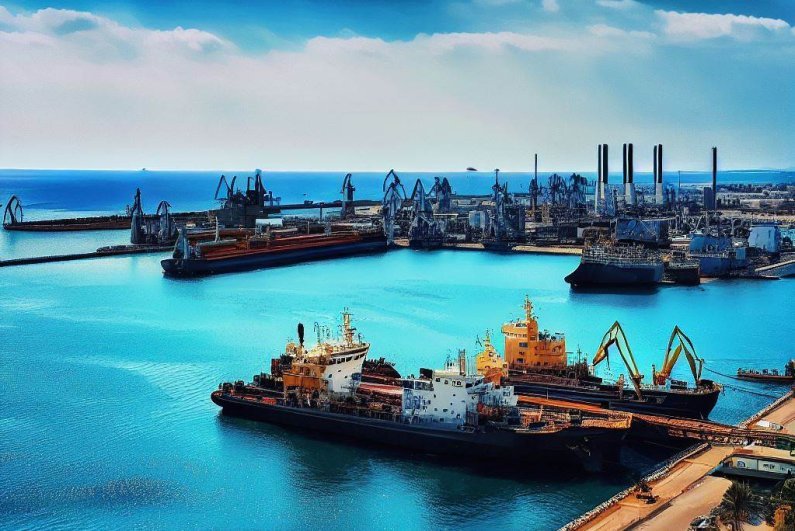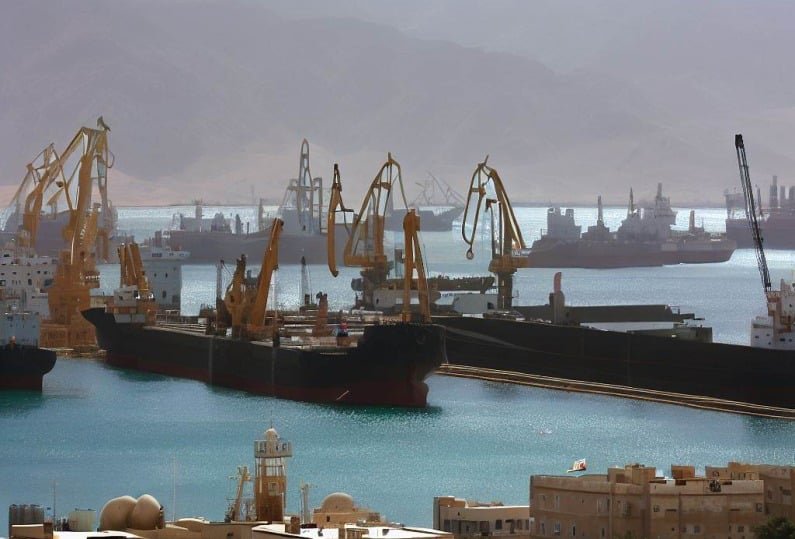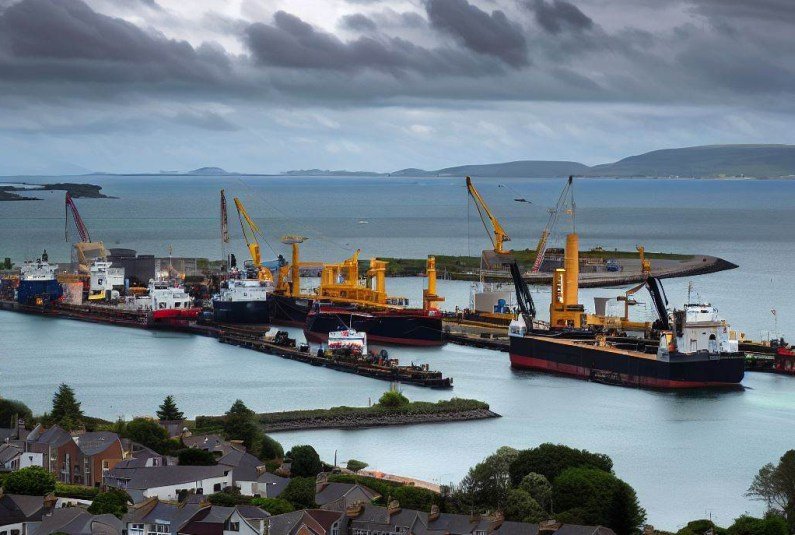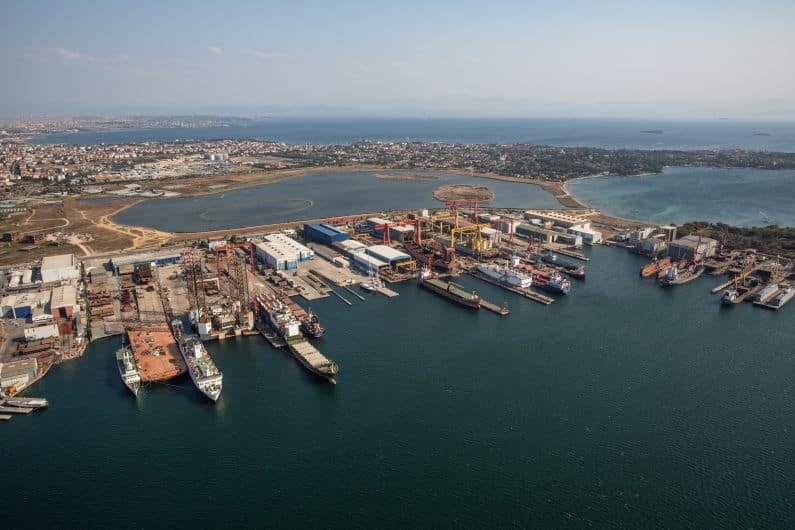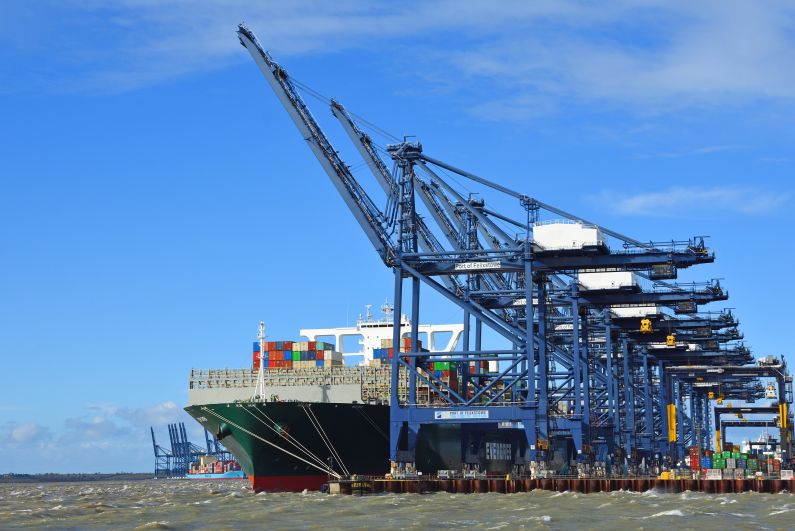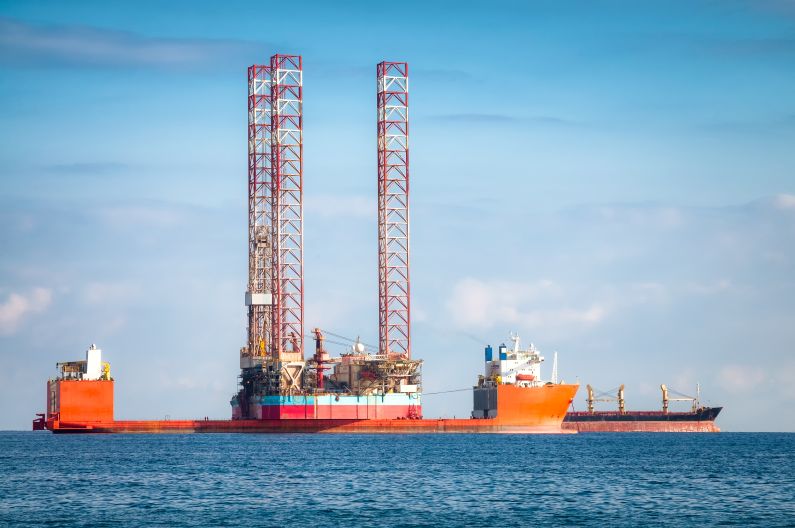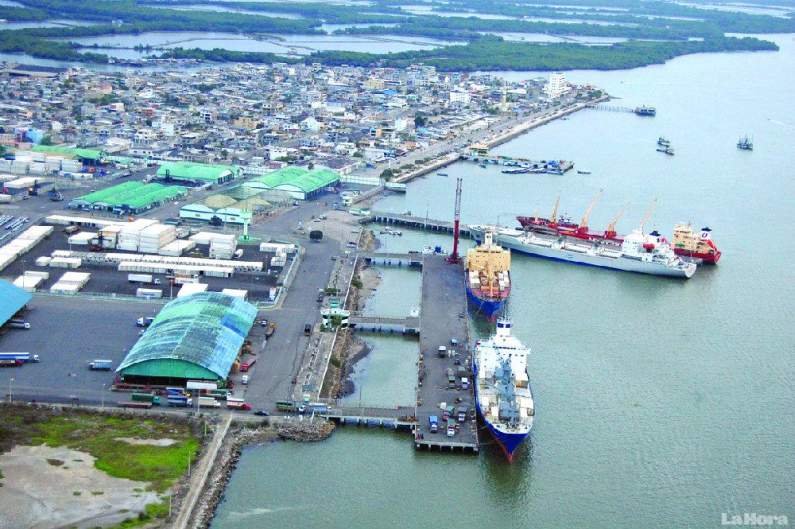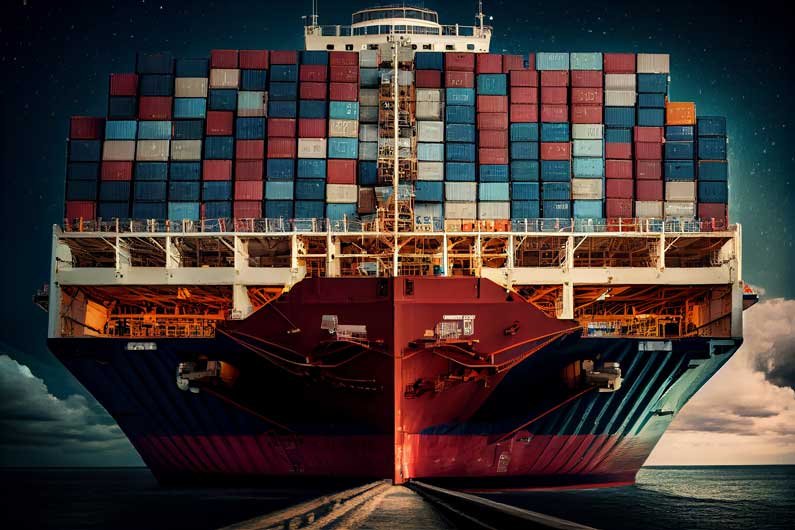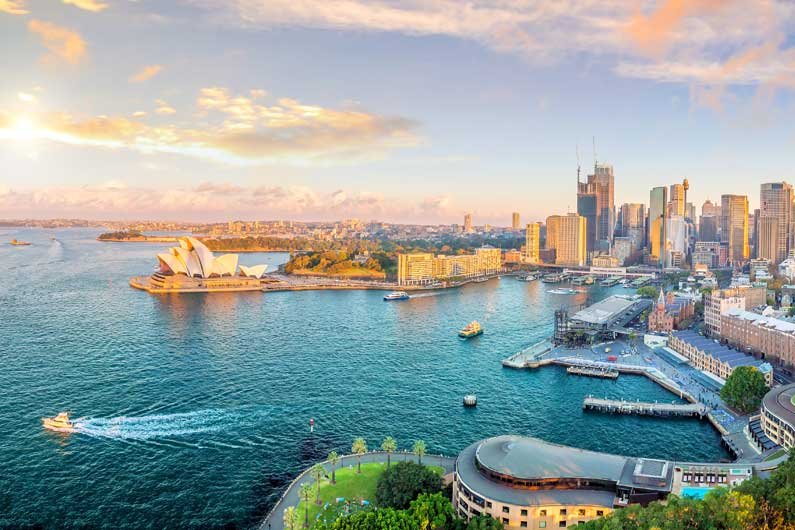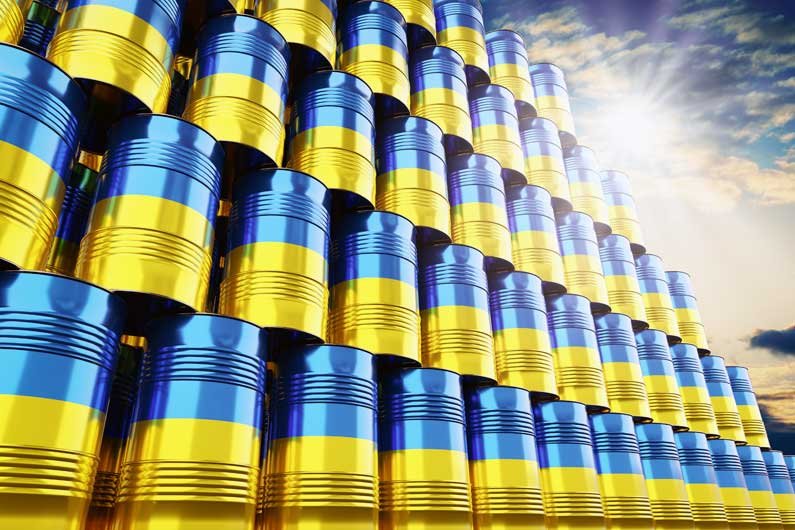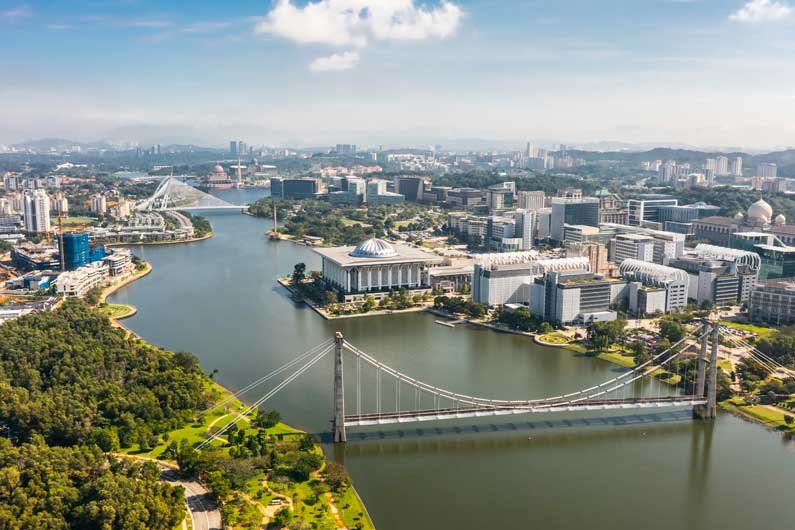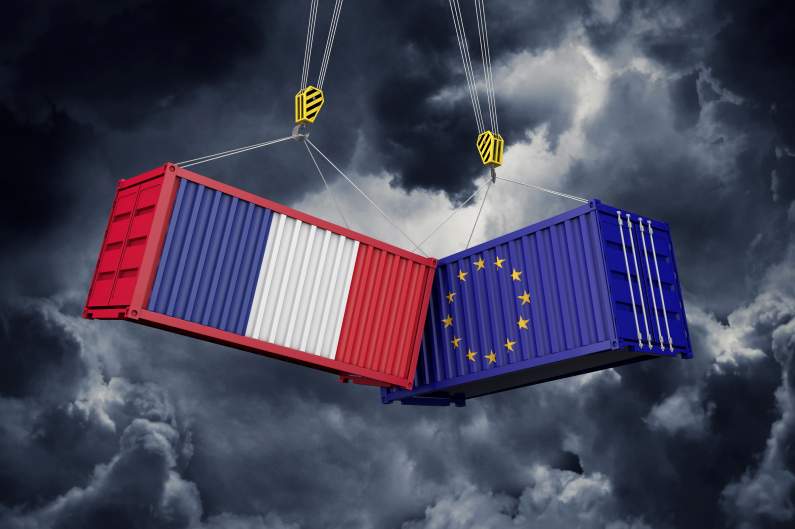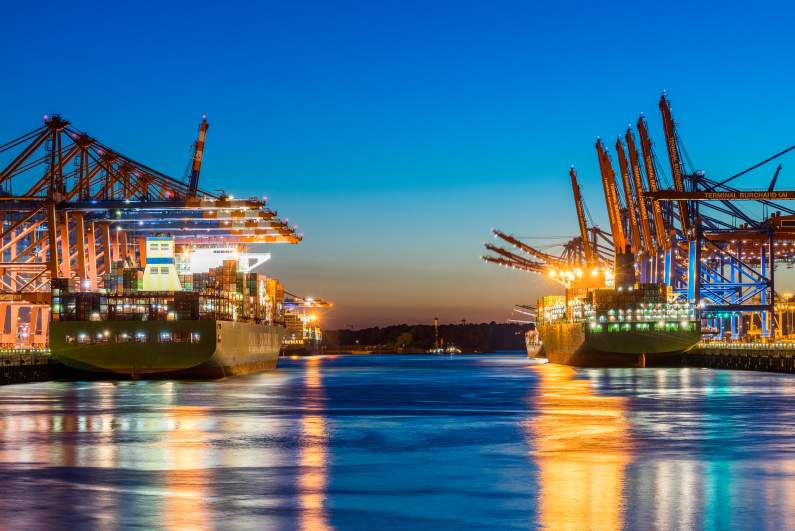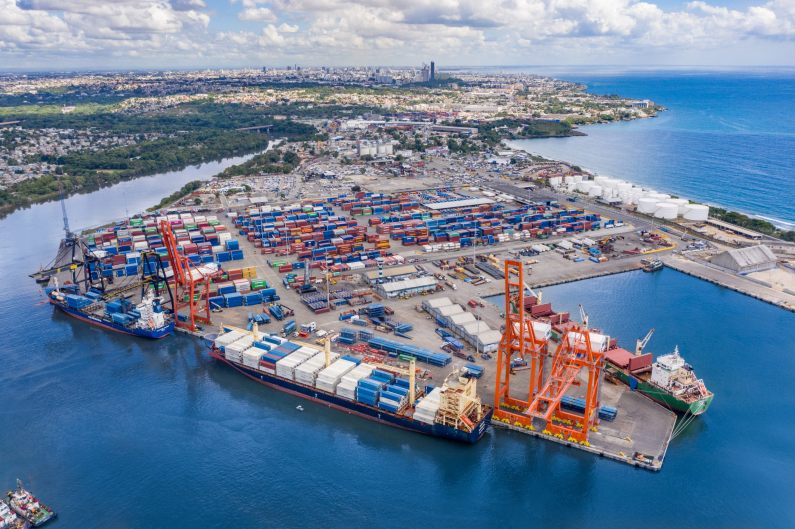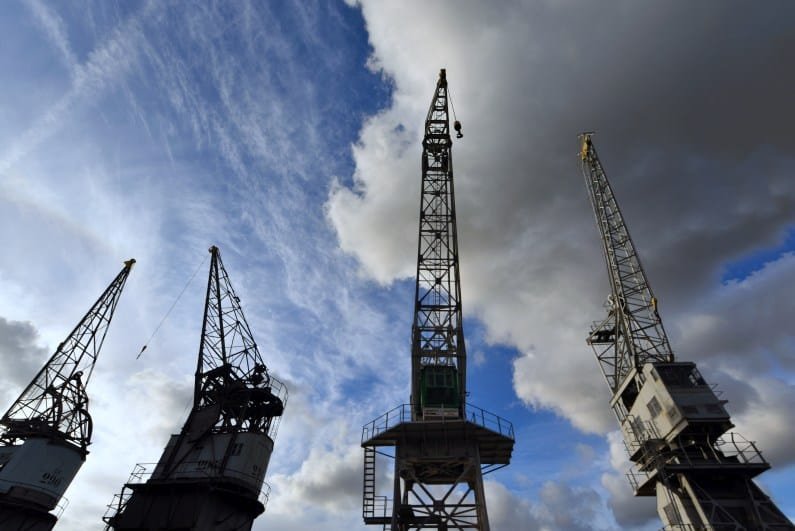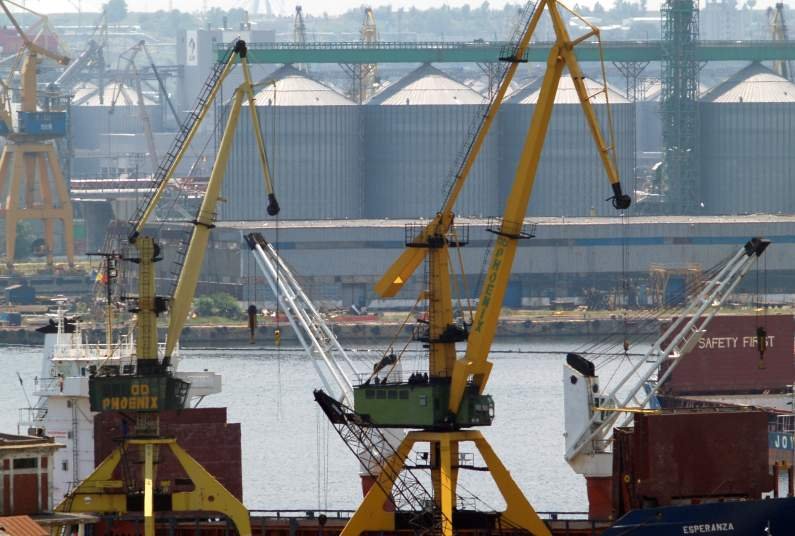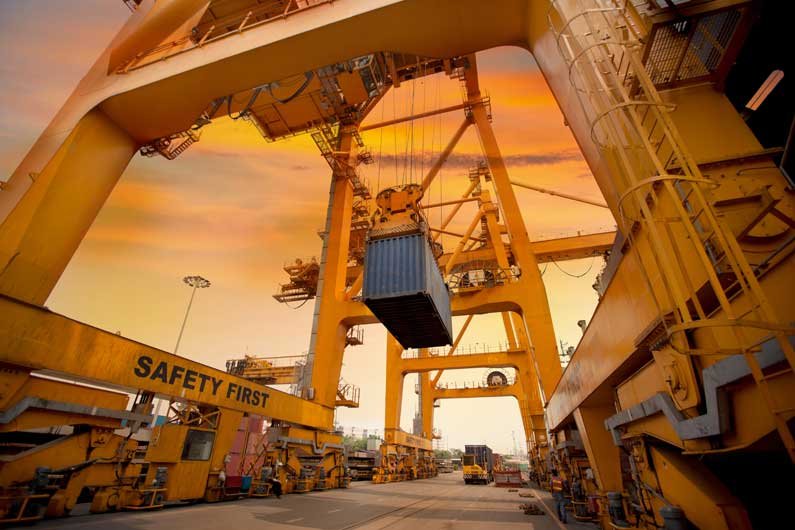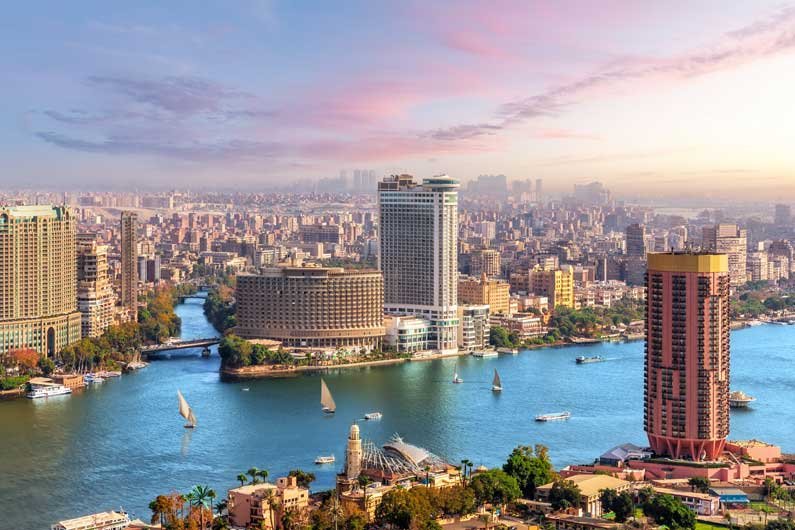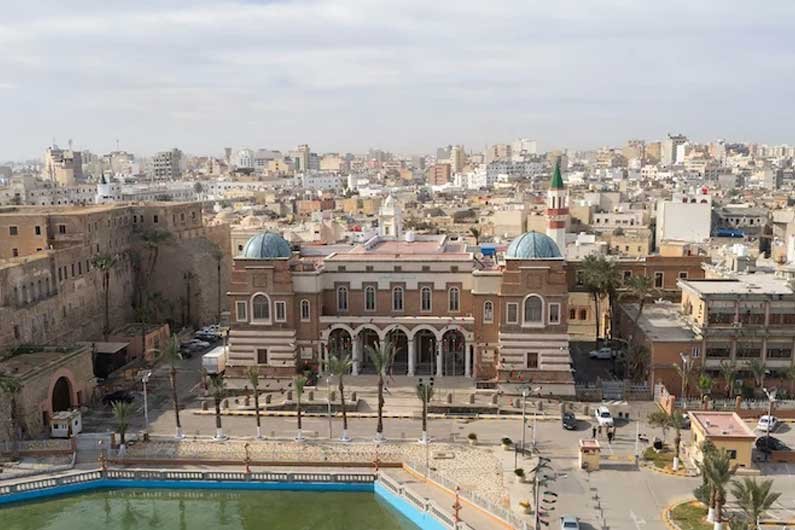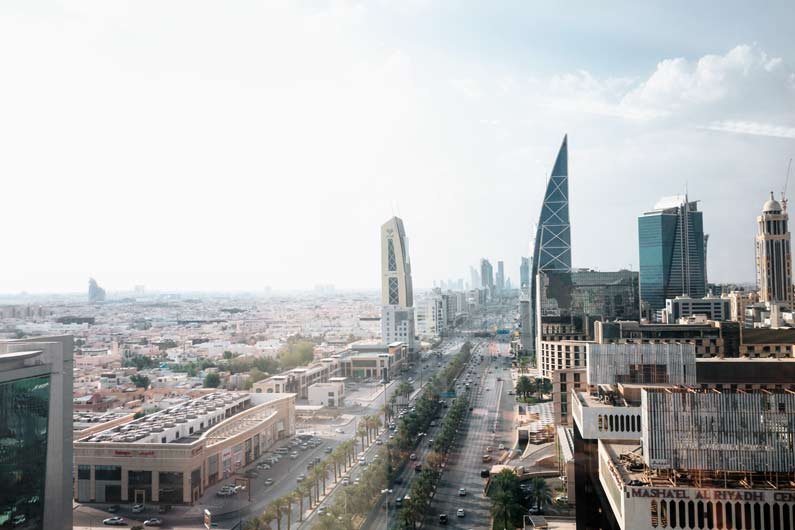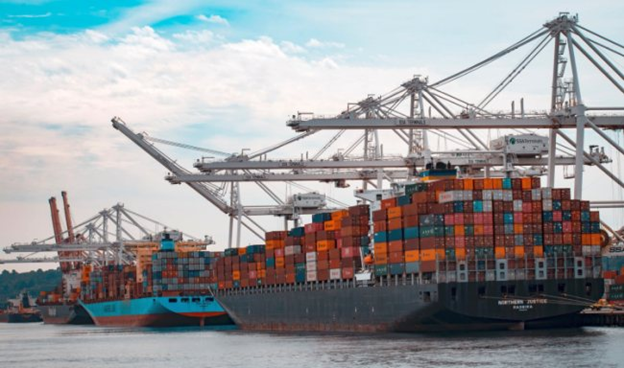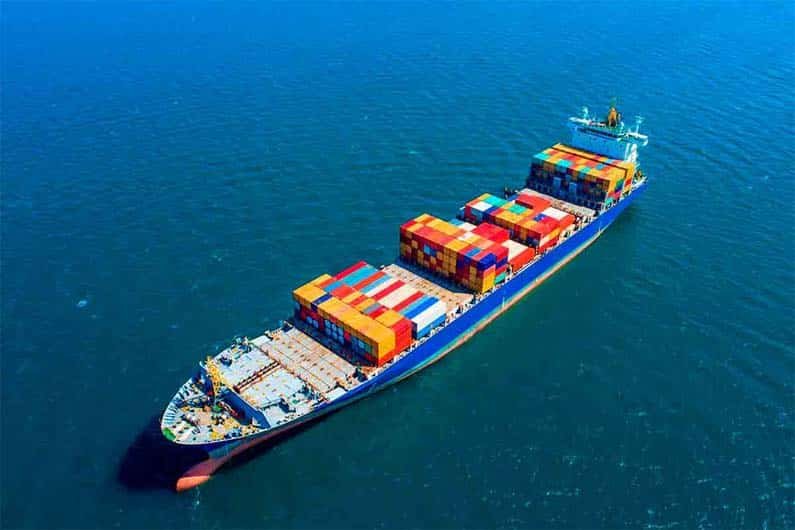Blowout preventers (BOPs) play a crucial role in the oil and gas industry, shielding against catastrophic blowouts and ensuring the safety of personnel and the environment.
As these vital pieces of equipment are manufactured in specialized facilities, shipping blowout preventers to various parts of the world requires careful planning, adherence to regulations, and efficient logistics.

Understanding Blowout Preventers (BOPs)
BOPs, or blowout preventers, are among the most advanced pieces of equipment in oil and gas operations.
These complex, heavy-duty devices are engineered specifically to manage and seal wells when control issues arise.
Their role is absolutely vital—they function as the final safety barrier preventing uncontrolled releases of oil and gas during drilling and production activities.
Given this essential protective function, comprehensive knowledge of how BOPs are built and how they work is crucial.
Key Components of a Blowout Preventer System
A typical blowout preventer system is an intricate ensemble of specialized components, each playing a vital role in maintaining well integrity and safety:
1. Valves
BOPs incorporate an array of valves that control the flow of fluids within the wellbore. These valves can be closed quickly in response to pressure irregularities, ensuring the prevention of hazardous blowouts.
2. Rams
The system also includes rams, which are designed to seal off the wellbore by clamping onto the drill pipe or casing. This action forms a tight seal, preventing any further discharge of hydrocarbons.
3. Hydraulic Systems
Hydraulic systems within the BOP provide the power required to operate its various components. These systems are engineered for reliability and rapid response to emergency situations.
4. Control Panels
Sophisticated control panels serve as the nerve center of the BOP, allowing operators to monitor and actuate the various components as needed to control well pressure.
Quality Assurance and Transportation Requirements
Given the vital role that blowout preventers play in maintaining safety and environmental protection, they undergo stringent quality standards throughout the manufacturing process.
These quality control measures ensure that every BOP meets the exacting specifications and can perform reliably under the most challenging conditions.
During transportation, it’s imperative that blowout preventers receive specialized handling and care.
Their critical nature demands that they be transported with the utmost attention to detail—from packaging and securing to compliance with international regulations.
The slightest mishap can have far-reaching consequences, making shipping blowout preventers a task that demands precision, expertise, and a deep commitment to safety and environmental protection.
Shipping blowout preventers is a task only for professional and certified freight carriers.
The Process of Shipping Blowout Preventers
Preparation and Packaging
Before shipping blowout preventers, meticulous preparation is essential to ensure their safety during transit. This includes proper cleaning, inspection, and maintenance of the equipment.
Any necessary disassembly or securing of movable parts should be carried out by trained technicians, followed by appropriate export packing to protect against potential damage during transportation.
Heavy-duty crates, protective covers, and shock-absorbing materials are commonly used to safeguard blowout preventers from vibrations, impact, and harsh environmental conditions.
Regulatory Compliance
Compliance with international regulations is critical when shipping blowout preventers across borders. This involves:
- adherence to export control requirements
- customs procedures
- documentation
It is important to stay updated on the regulations of both the country of origin and the destination, as well as any transit countries along the shipping route.
Familiarizing yourself with the necessary permits, licenses, and certifications, such as the International Maritime Dangerous Goods (IMDG) Code, ensures a smooth and compliant process when shipping blowout preventers.
Choosing the Right Transportation Method for Shipping Blowout Preventers
Shipping blowout preventers require careful consideration of logistics, distance, and equipment size.
Depending on the destination, options such as air freight, sea freight, or a combination of both may be available.
- Air freight offers speed, but has limitations in terms of size and weight.
- Sea freight, on the other hand, accommodates larger and heavier equipment but may have longer transit times.
Selecting a reputable shipping provider with experience in handling heavy machinery is crucial to ensure the equipment’s integrity and on-time delivery.
Securing Proper Insurance
Given the high value and criticality of blowout preventers, it is essential to secure adequate insurance coverage. Cargo insurance protects against potential loss or damage during transit, mitigating financial risks.
Engaging with an insurance provider that specializes in heavy equipment and understands the unique requirements of the oil and gas industry ensures comprehensive coverage and peace of mind during the shipping of blowout preventers process.
Monitoring and Tracking
Throughout the transportation process, Texas International Freight offers real-time monitoring and tracking systems that are valuable tools to ensure the security and visibility of blowout preventers.
Advanced technologies such as GPS tracking, RFID tags, and satellite communication enable stakeholders to monitor the location, condition, and progress of the shipment.
This proactive approach allows for quick response in case of any unforeseen events or delays.
Shipping Blowout Preventers Worldwide
Shipping blowout preventers to various parts of the world requires meticulous planning, adherence to regulations, and specialized logistics expertise.
From careful preparation and packaging to compliance with international regulations, each step in the shipment process plays a crucial role in ensuring the safe and timely delivery of these critical oil equipment components.
By following the guidelines outlined in this article, stakeholders can navigate the complexities of transporting blowout preventers, guaranteeing their integrity and supporting the seamless operations of the global oil and gas industry.
FAQs About Shipping Blowout Preventers (BOPs)
How should we prepare a BOP for transport?
Close and cap all ports. Drain fluids and lock valves. Protect rams and control pods with covers and blocking. Label lift points and provide weight and dimensions. Our export packing team crates hoses, sensors, and loose parts to prevent loss or damage.
Which trailer type works best for a BOP?
Most BOP stacks ride on lowboy or step-deck trailers. Tall or heavy assemblies may require multi-axle configurations. We select the trailer based on height, weight, and center of gravity, and handle permits through our heavy haul trucking program.
Do BOP moves need permits, escorts, or route surveys?
Yes, in many states. Oversize width, height, or axle weight triggers permits and sometimes pilot cars. We plan compliant routes and timing, including curfews and bridge clearances. Learn more on oversized freight shipping.
Can you insure and track a BOP shipment?
Yes. We place shipment-specific coverage up to full declared value and provide status updates with GPS milestones and proof of delivery. See our cargo insurance coverage and request tracking access at booking.
Do you ship BOPs internationally, including Mexico and Canada?
Yes. We manage cross-border lanes into Mexico and Canada, and ocean moves worldwide using breakbulk or container shipping. We handle export paperwork, customs formalities, and port coordination. Get started with a freight quote.

